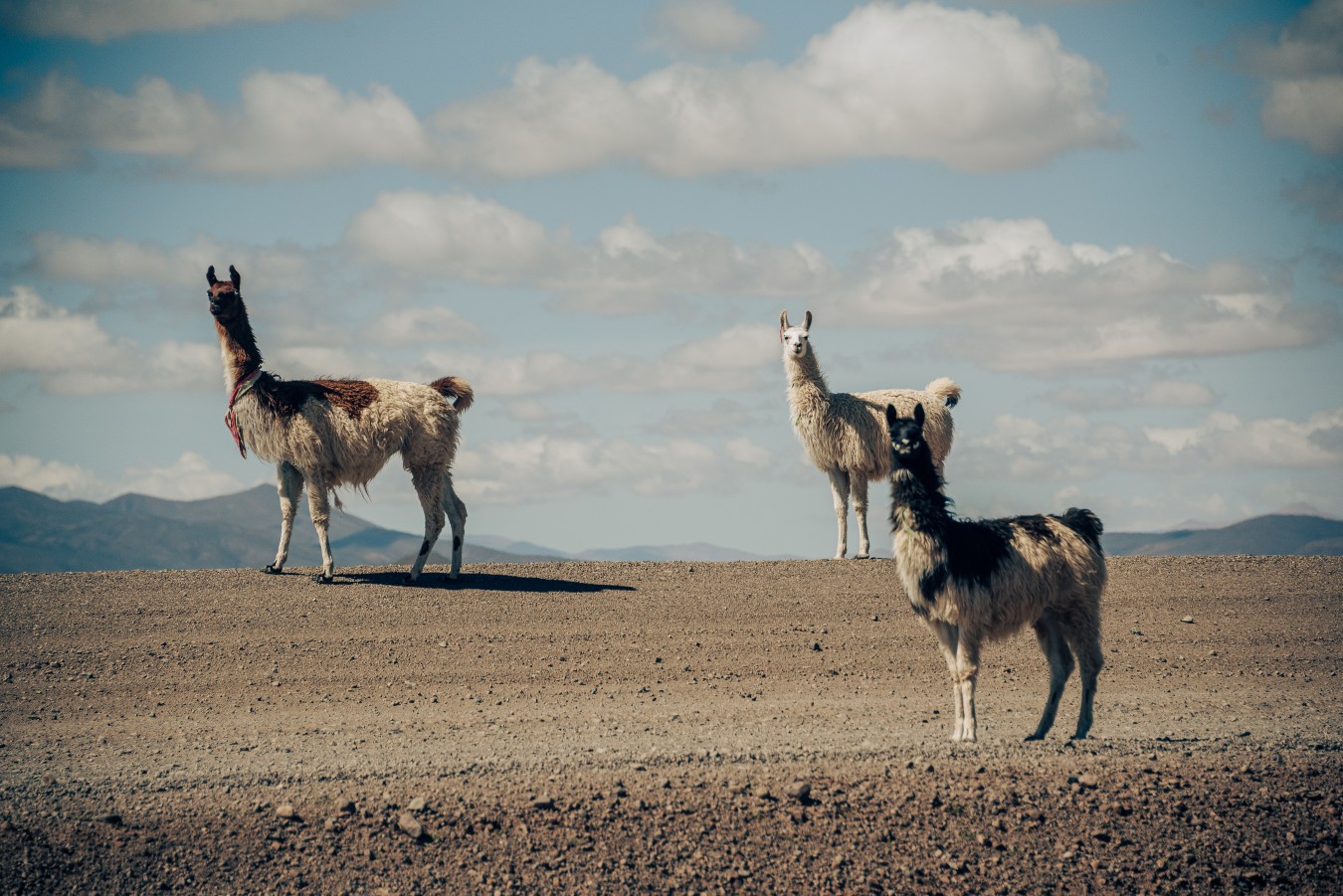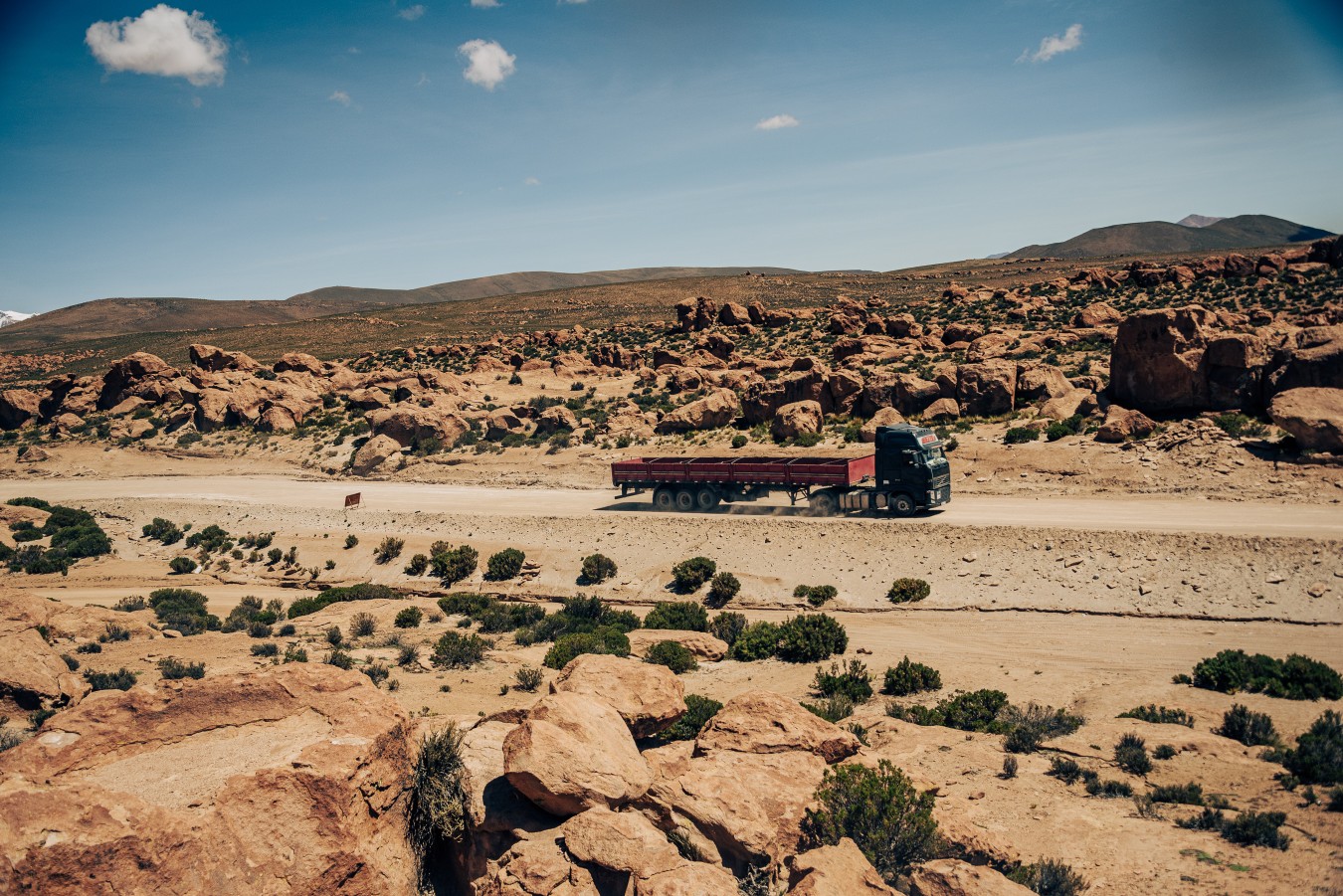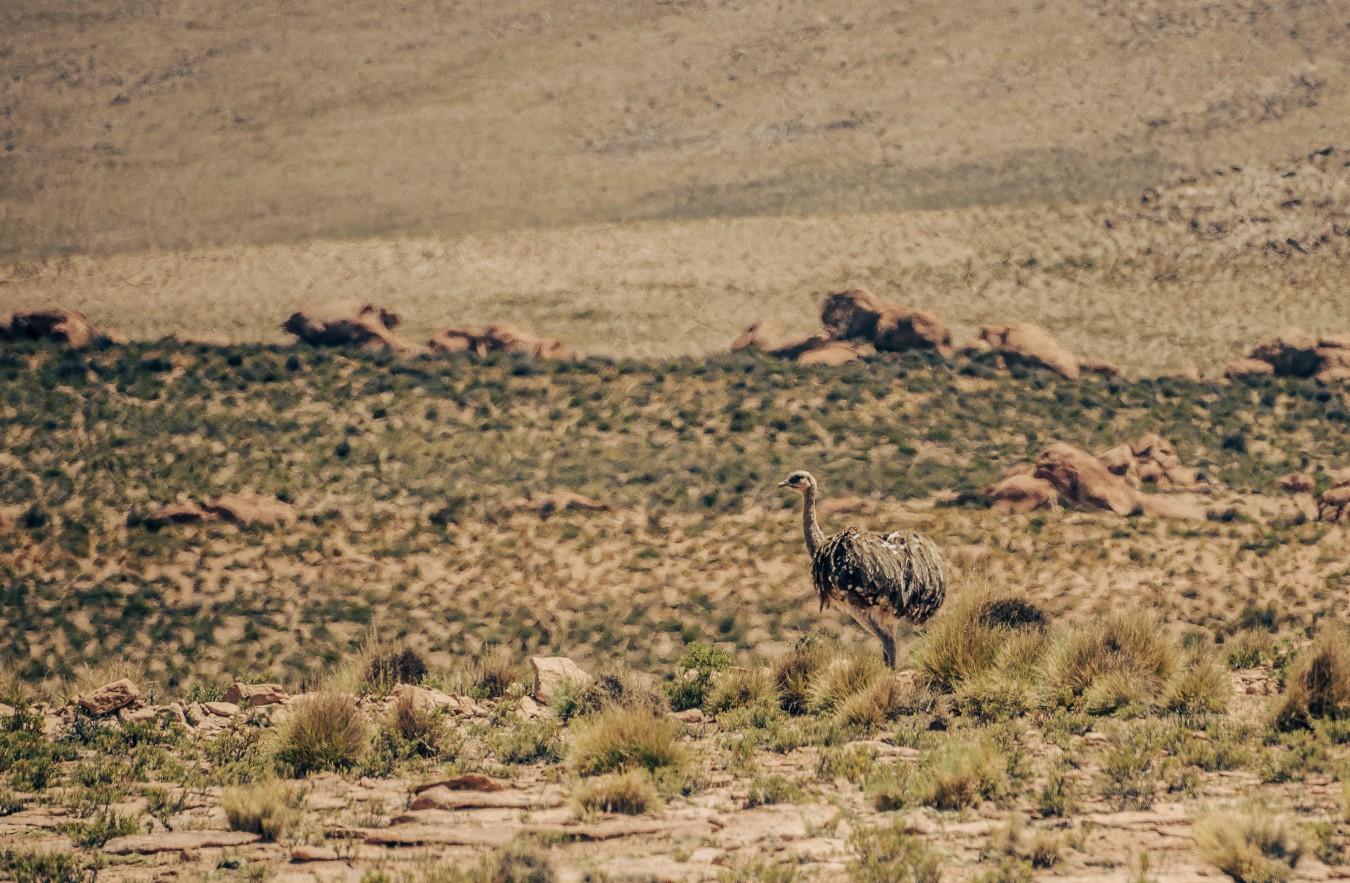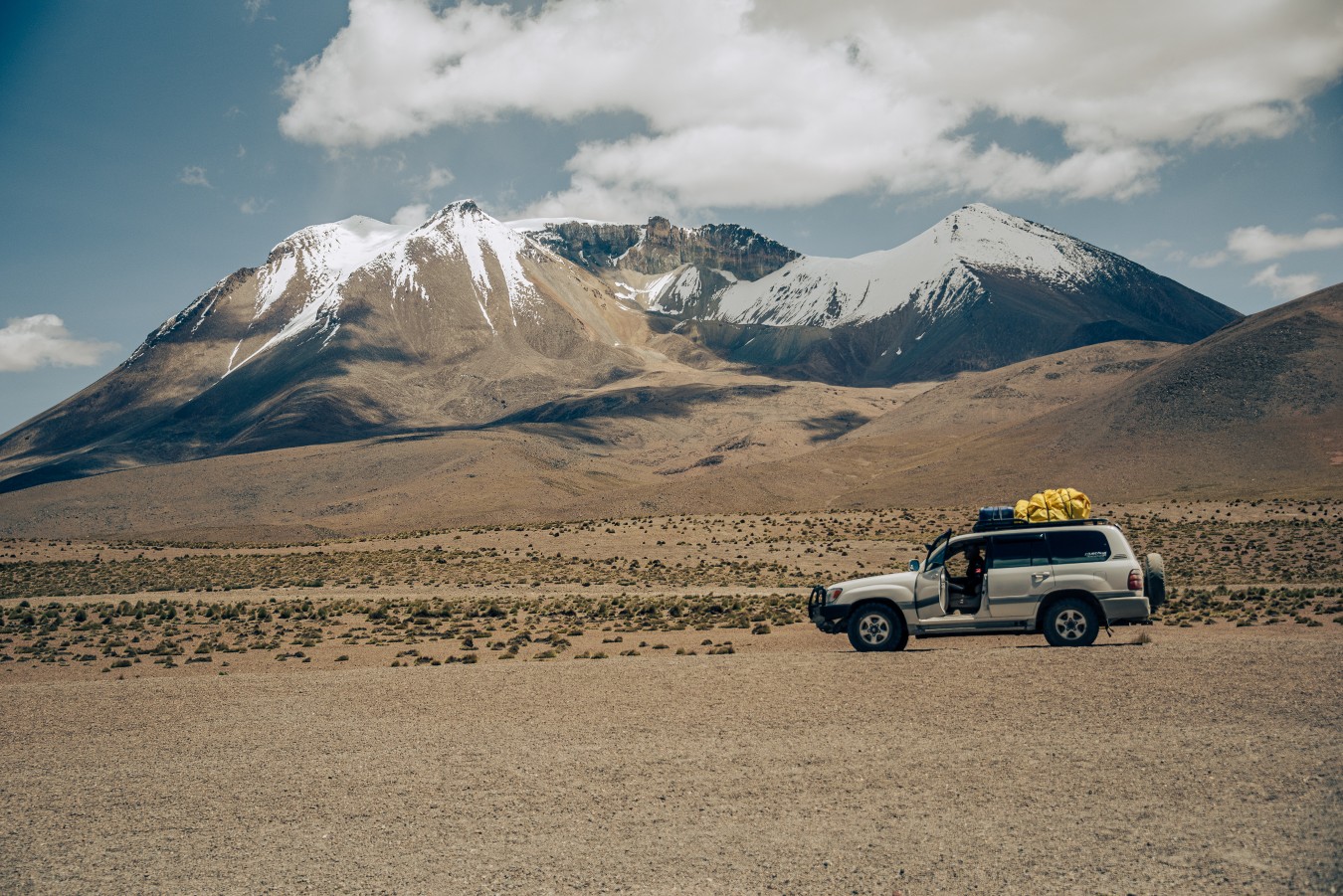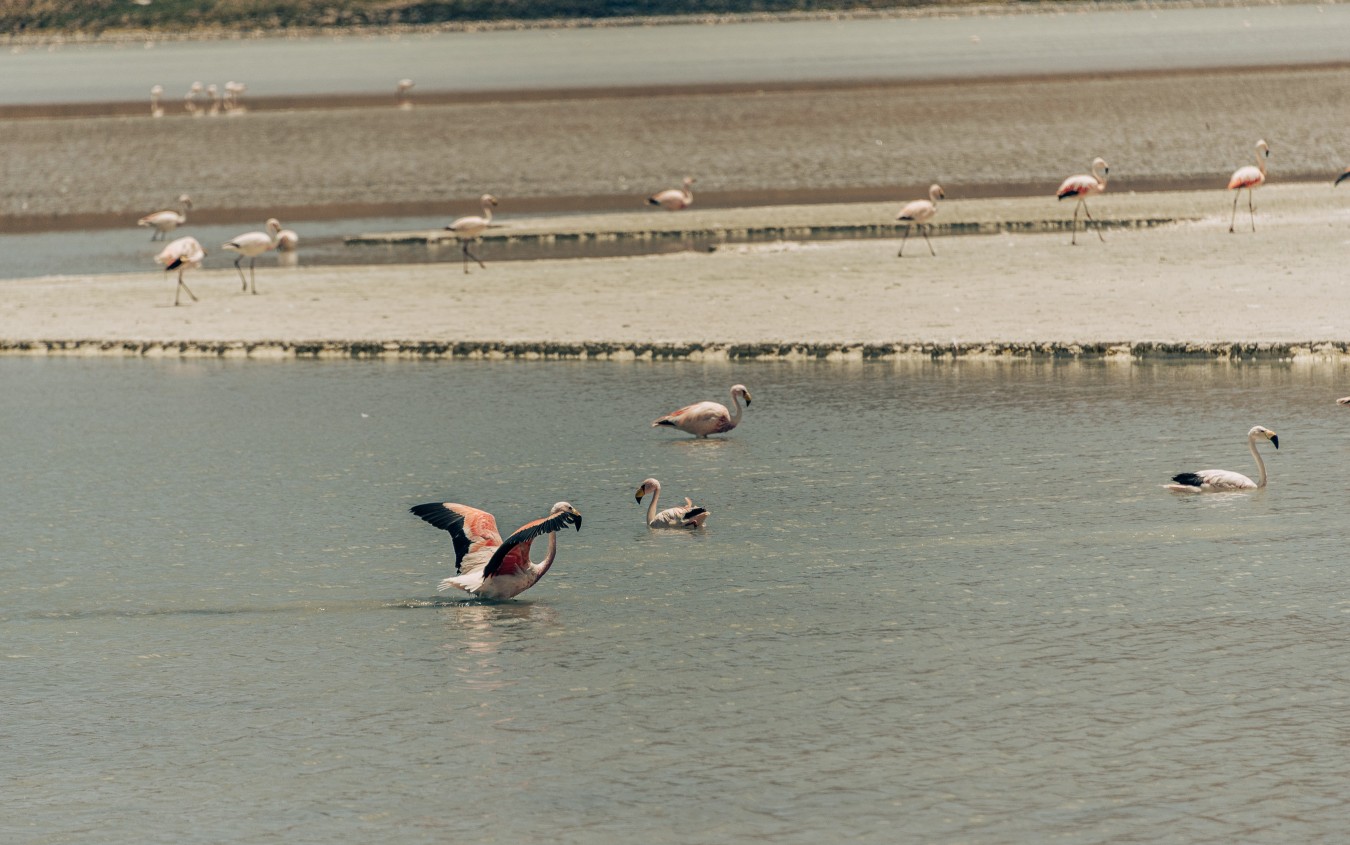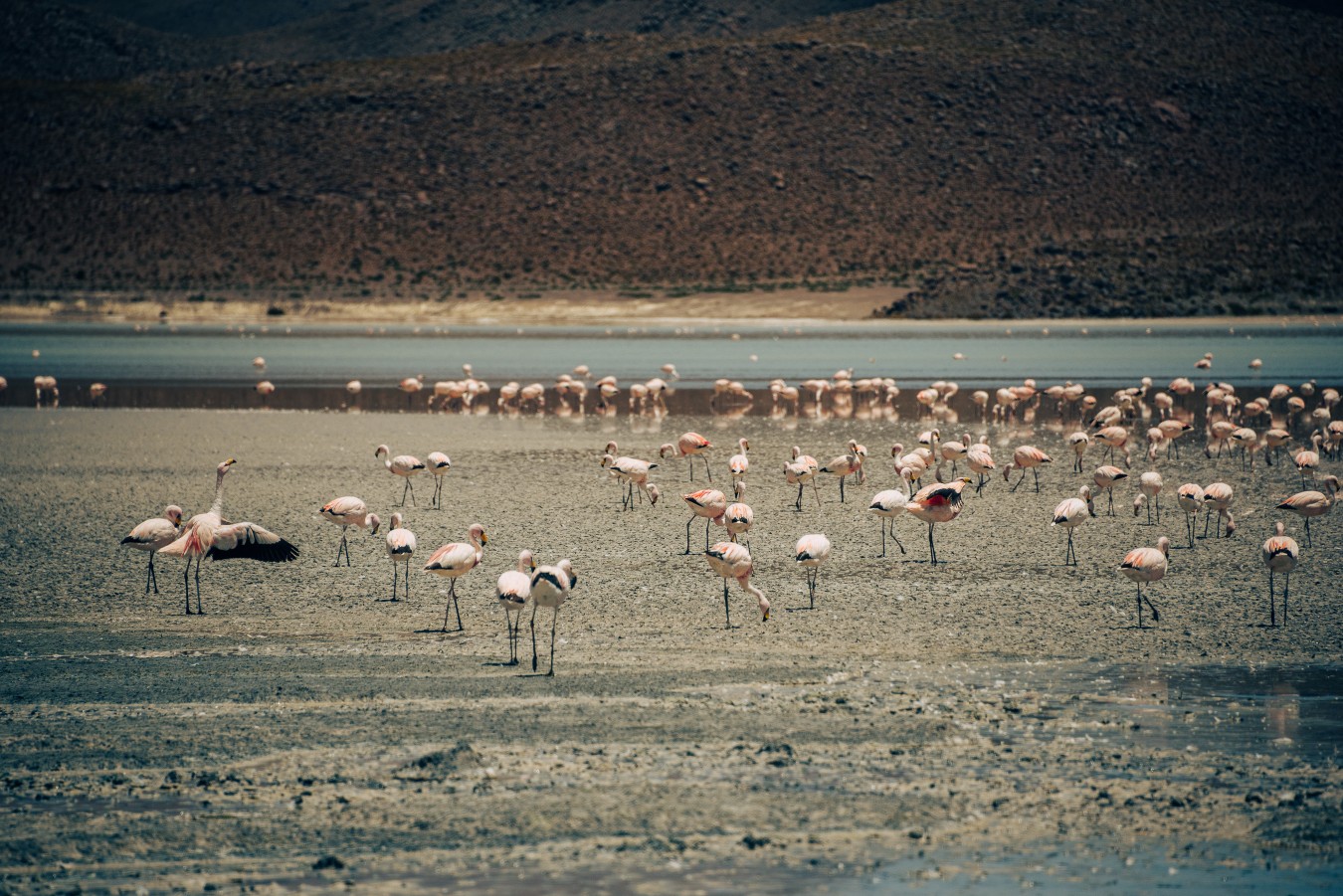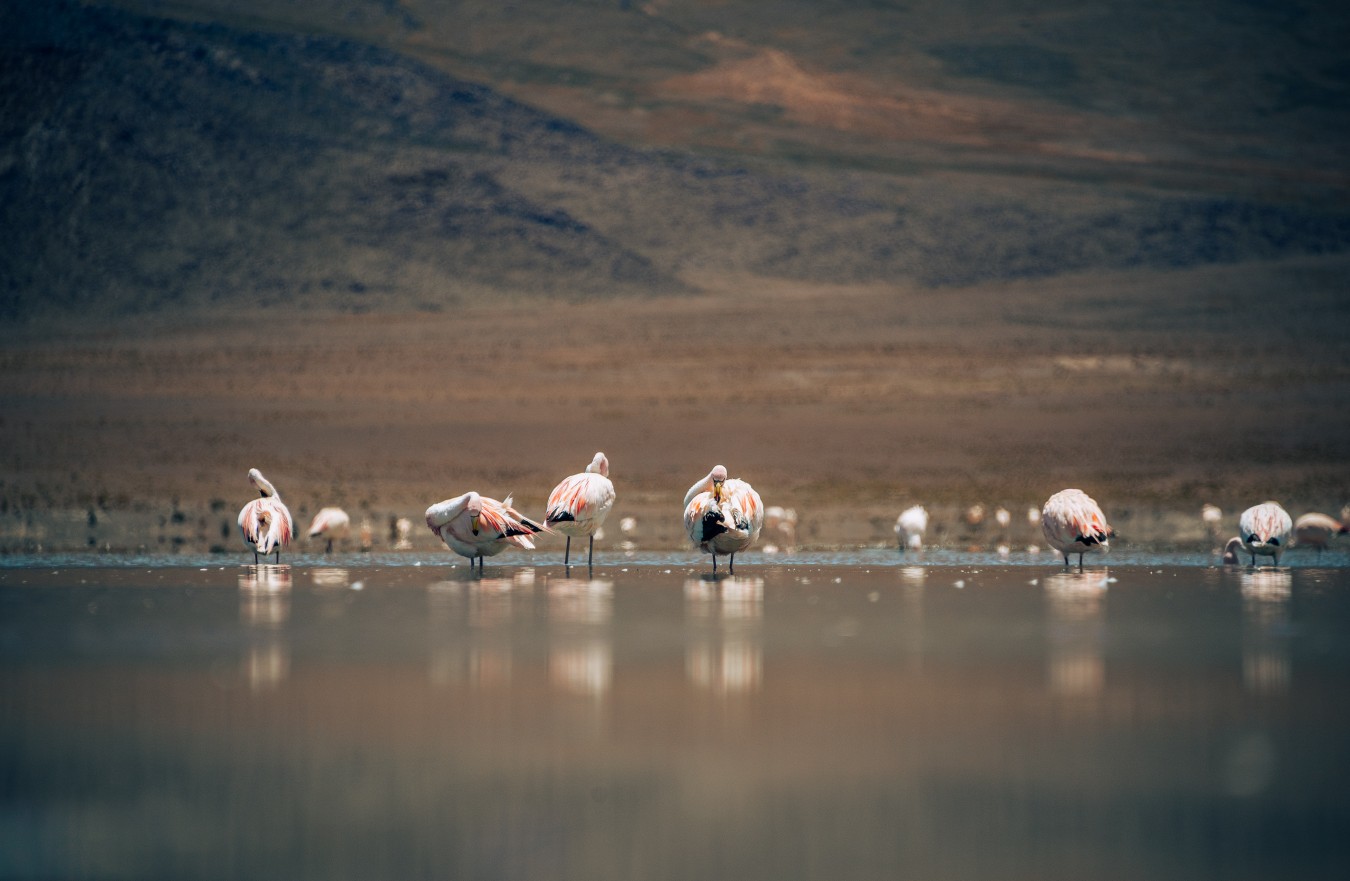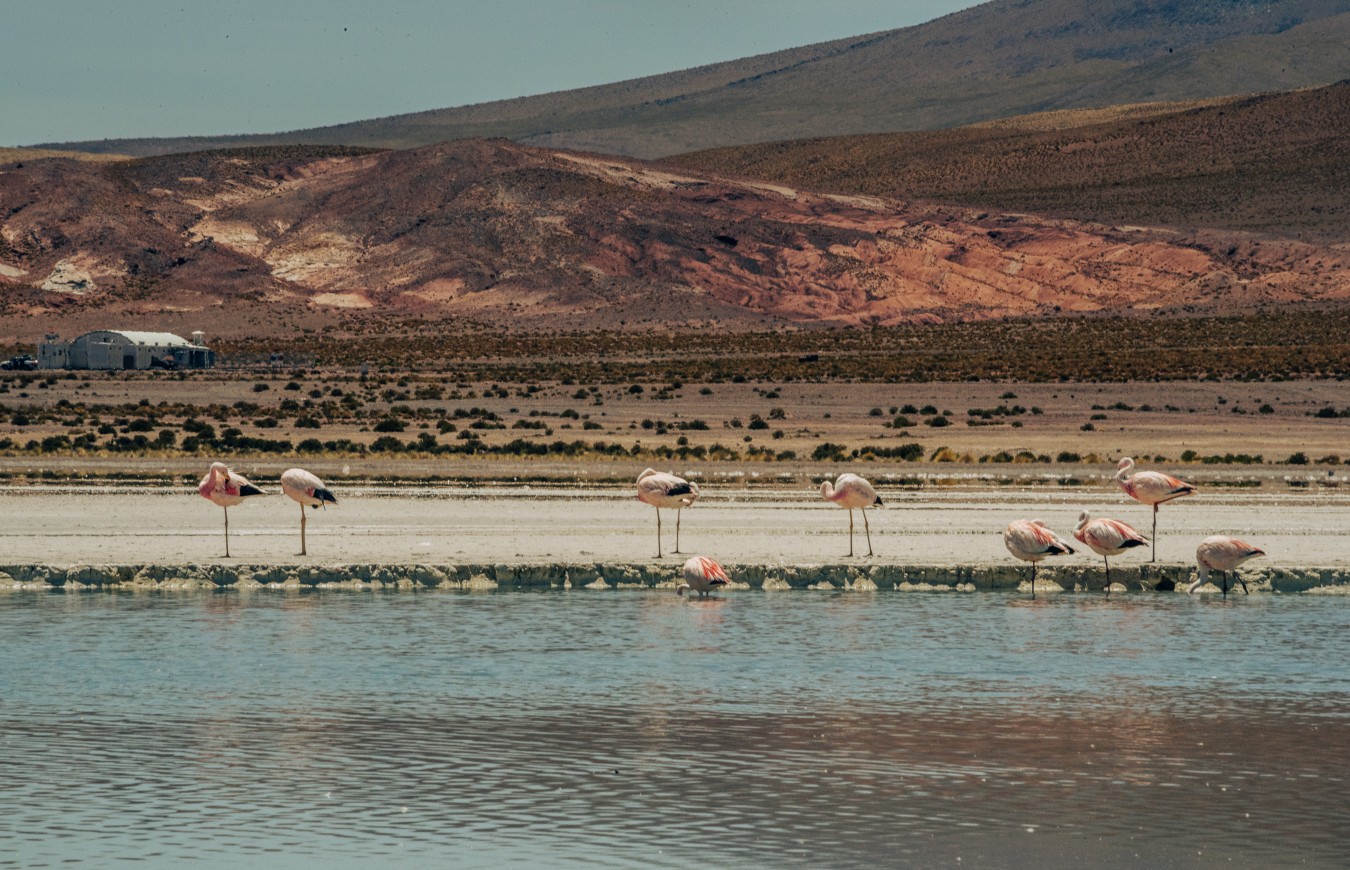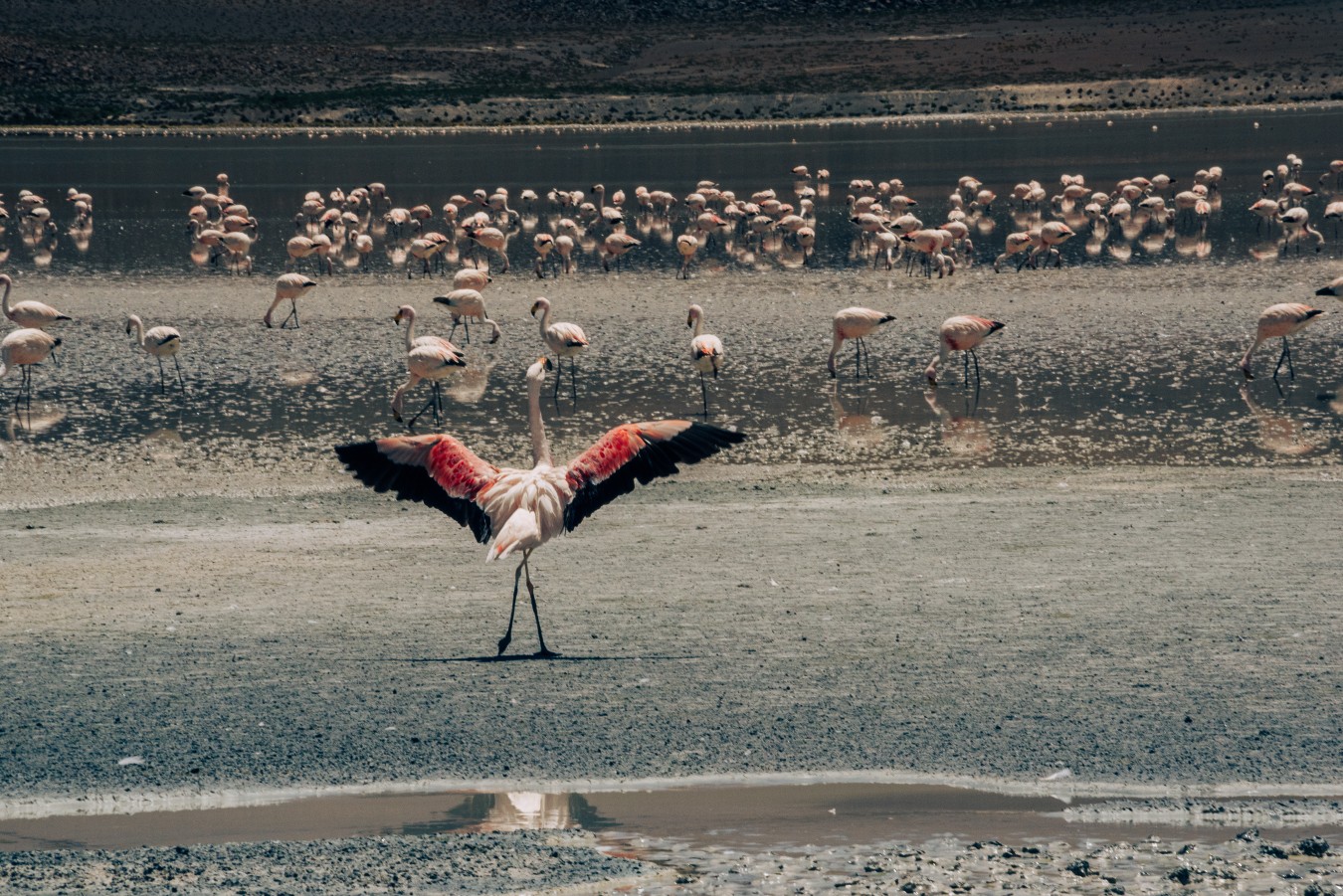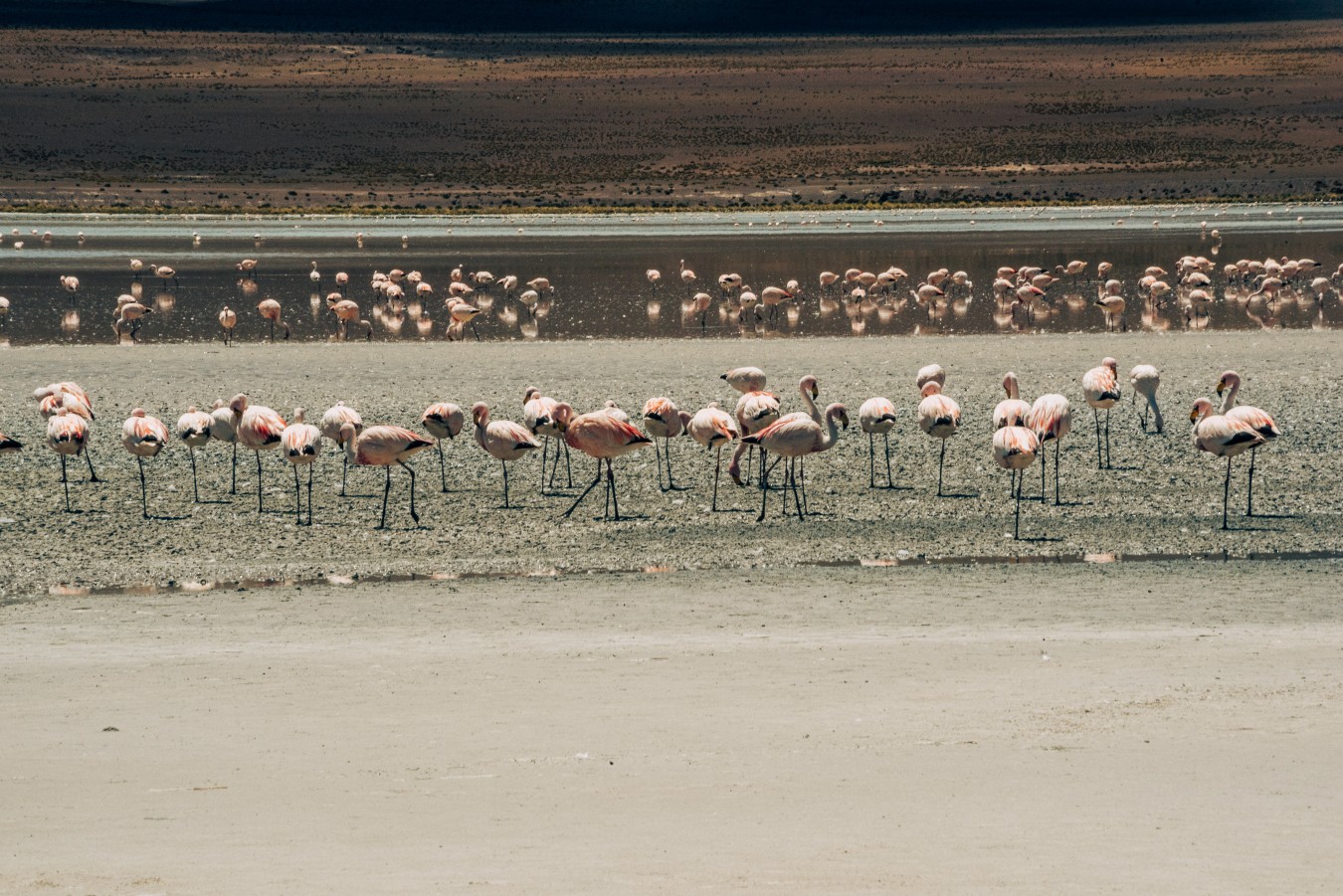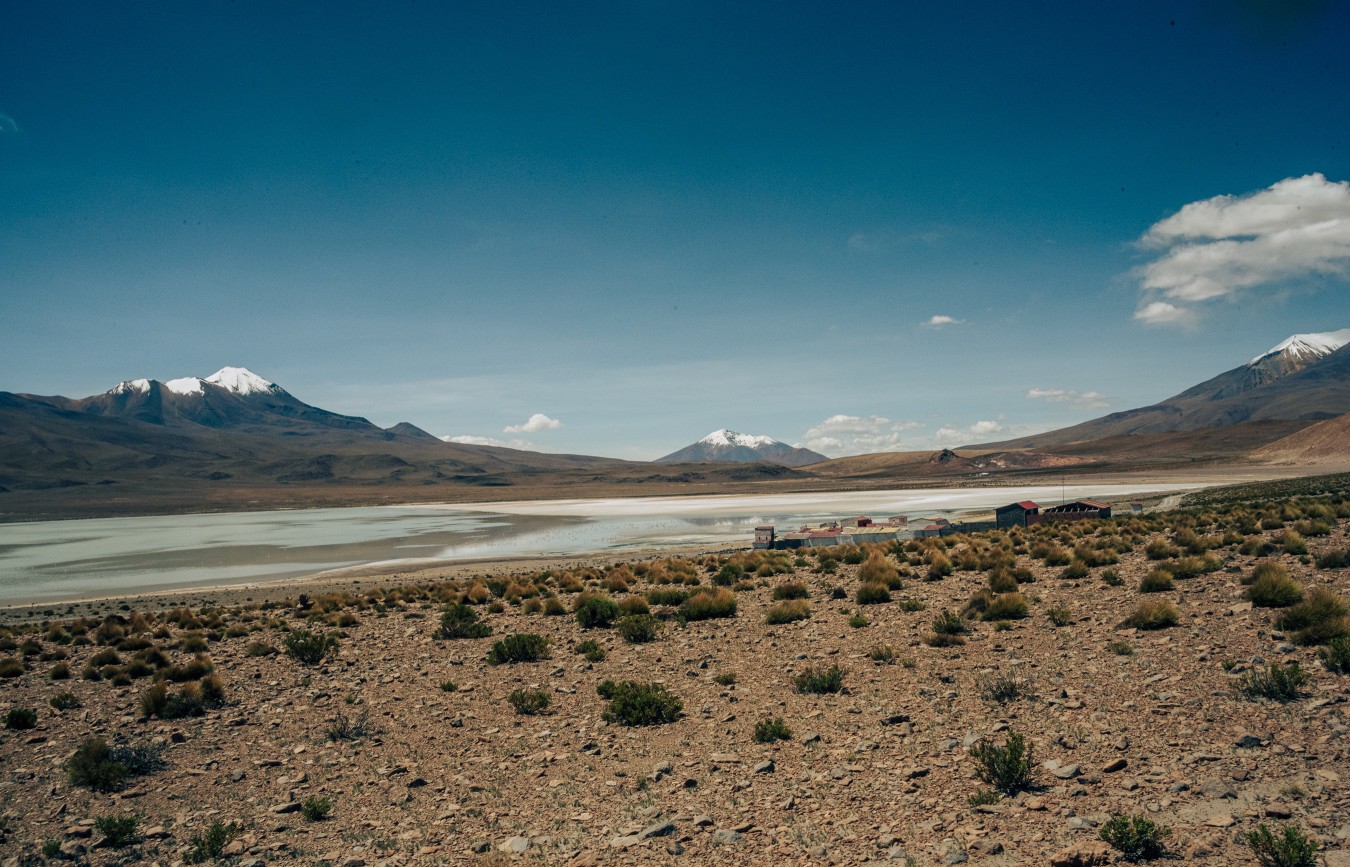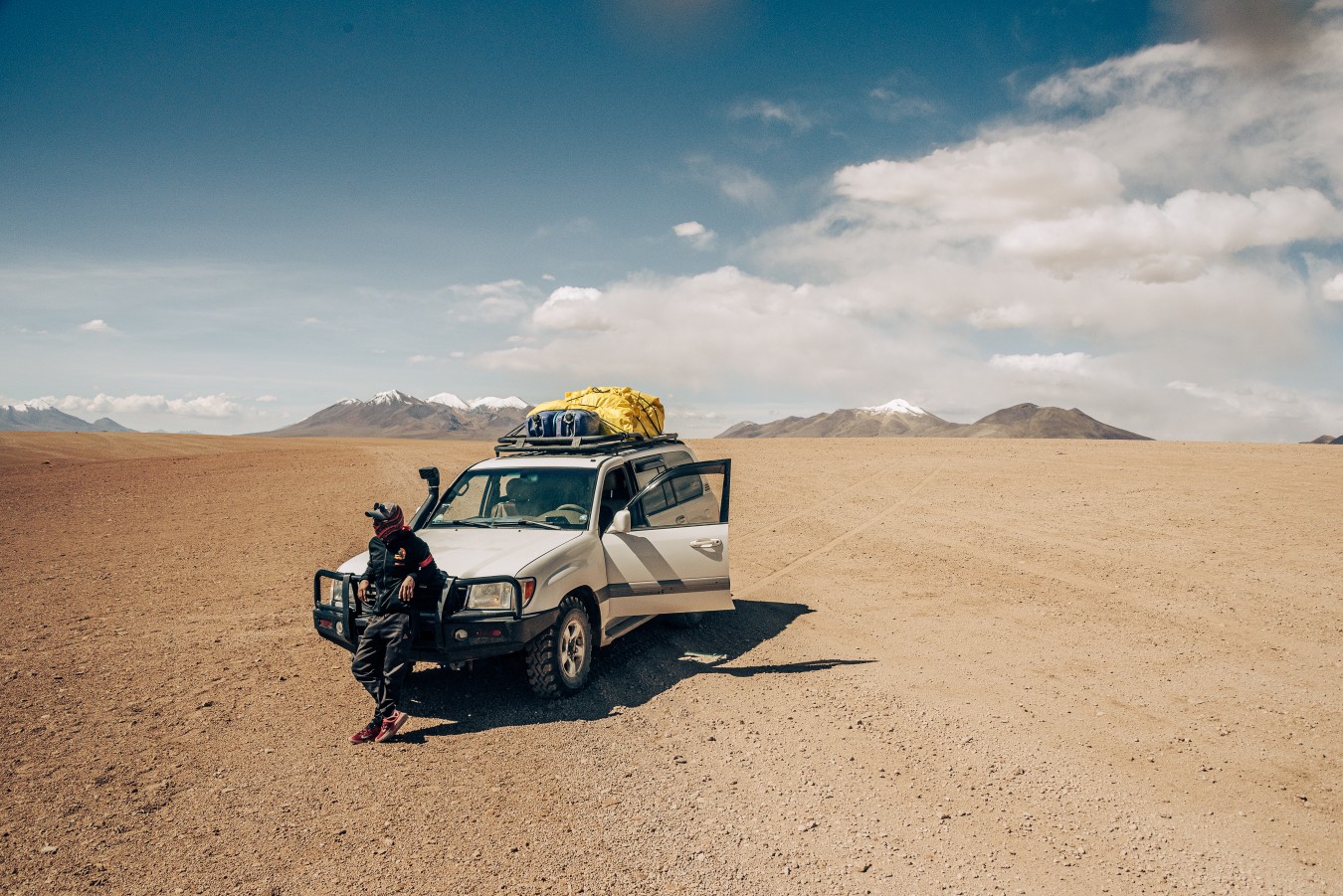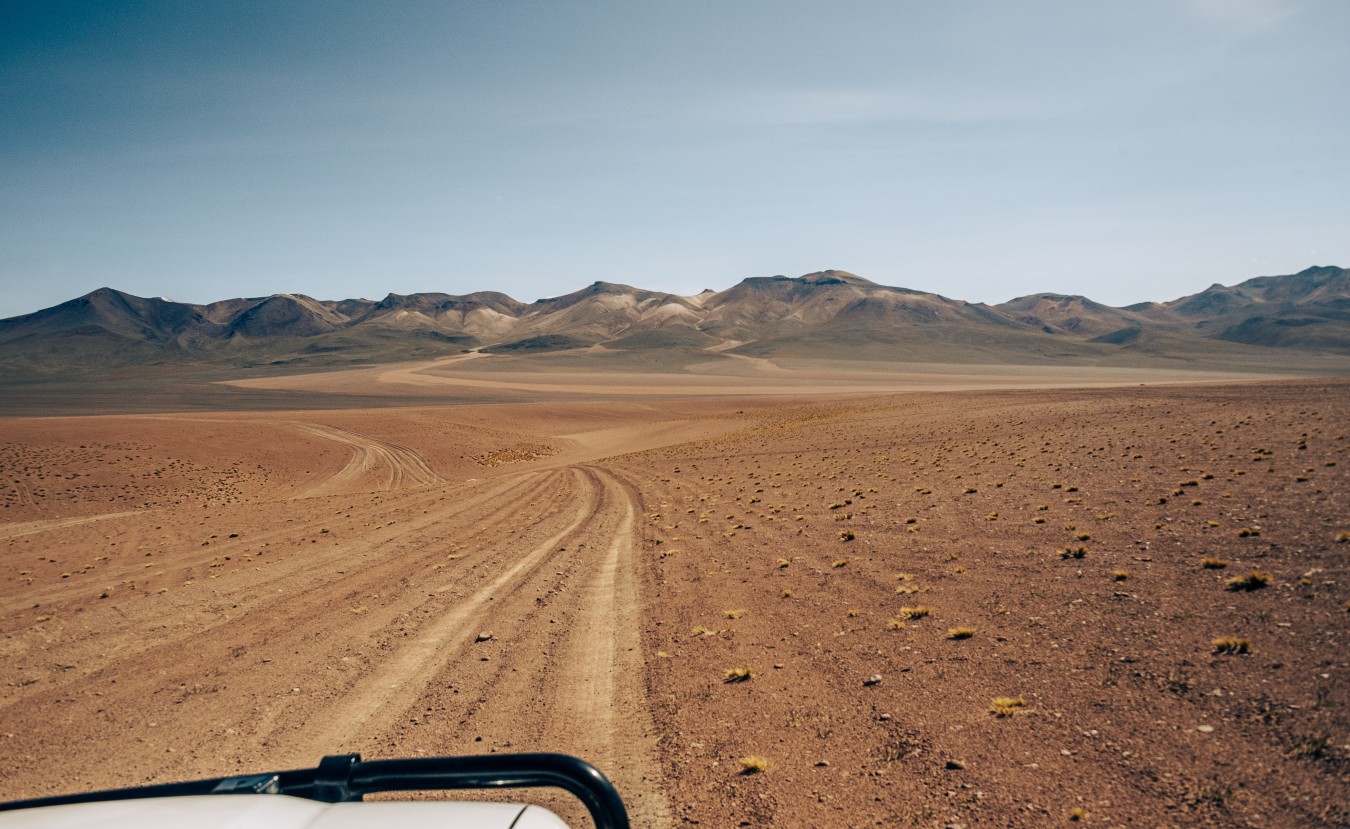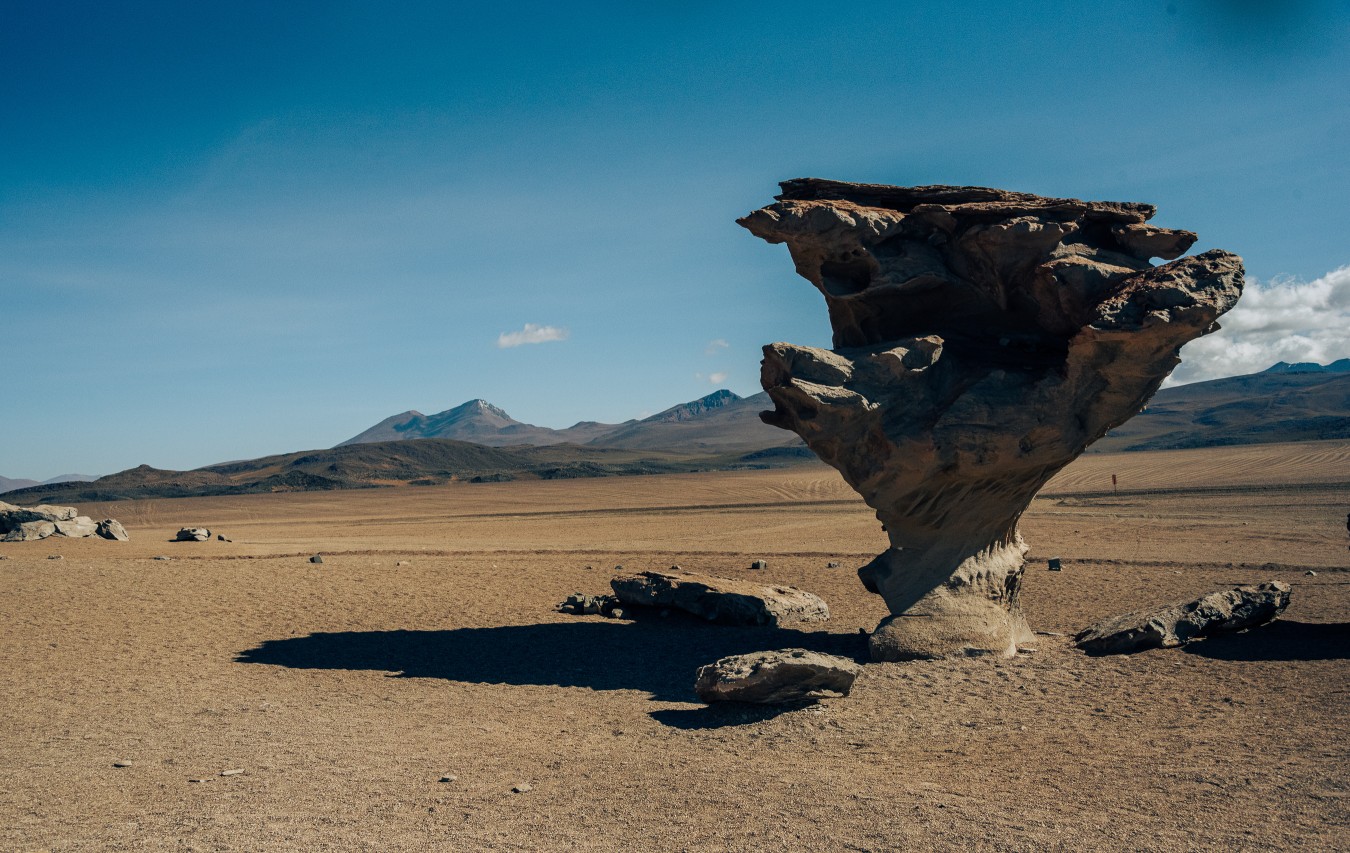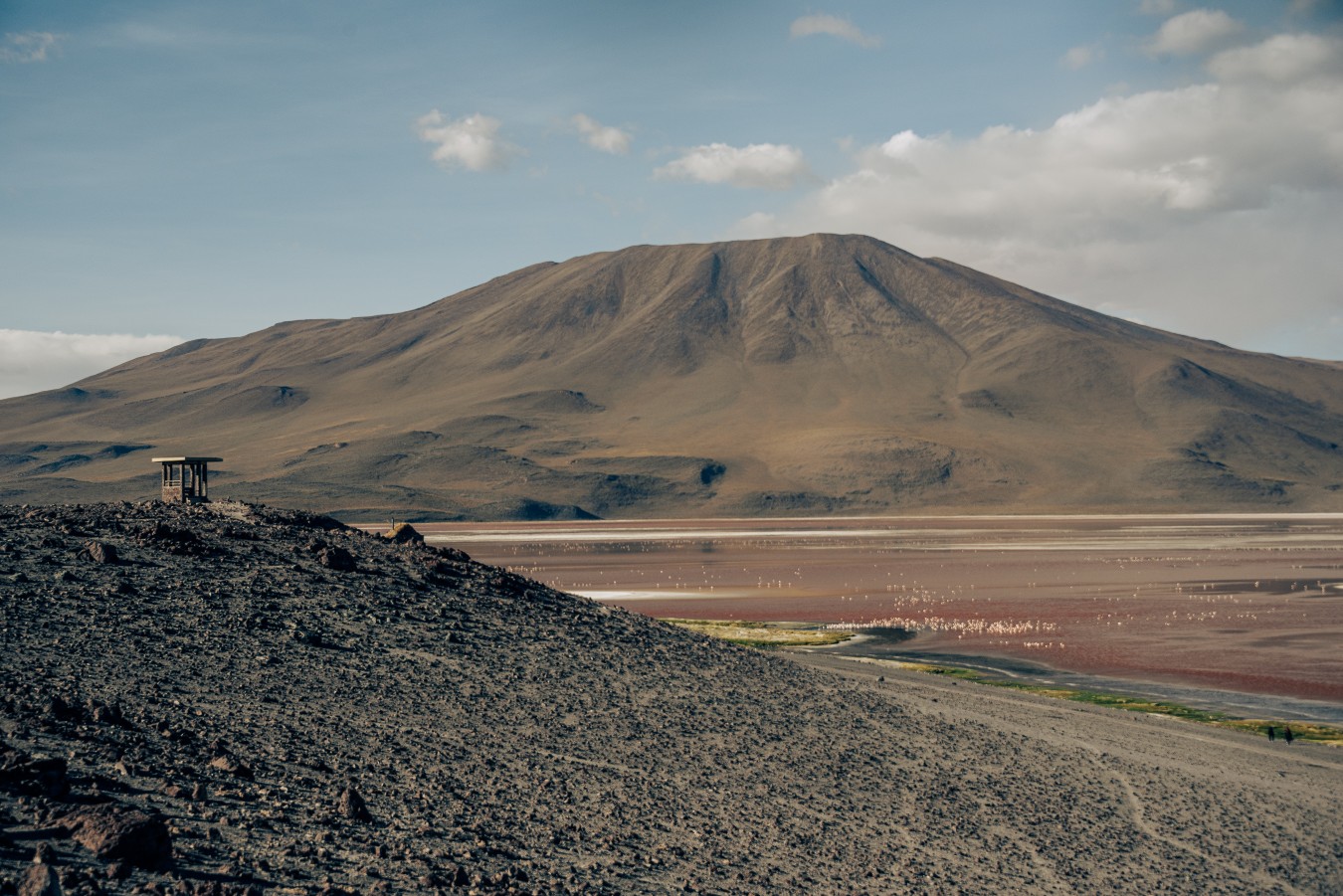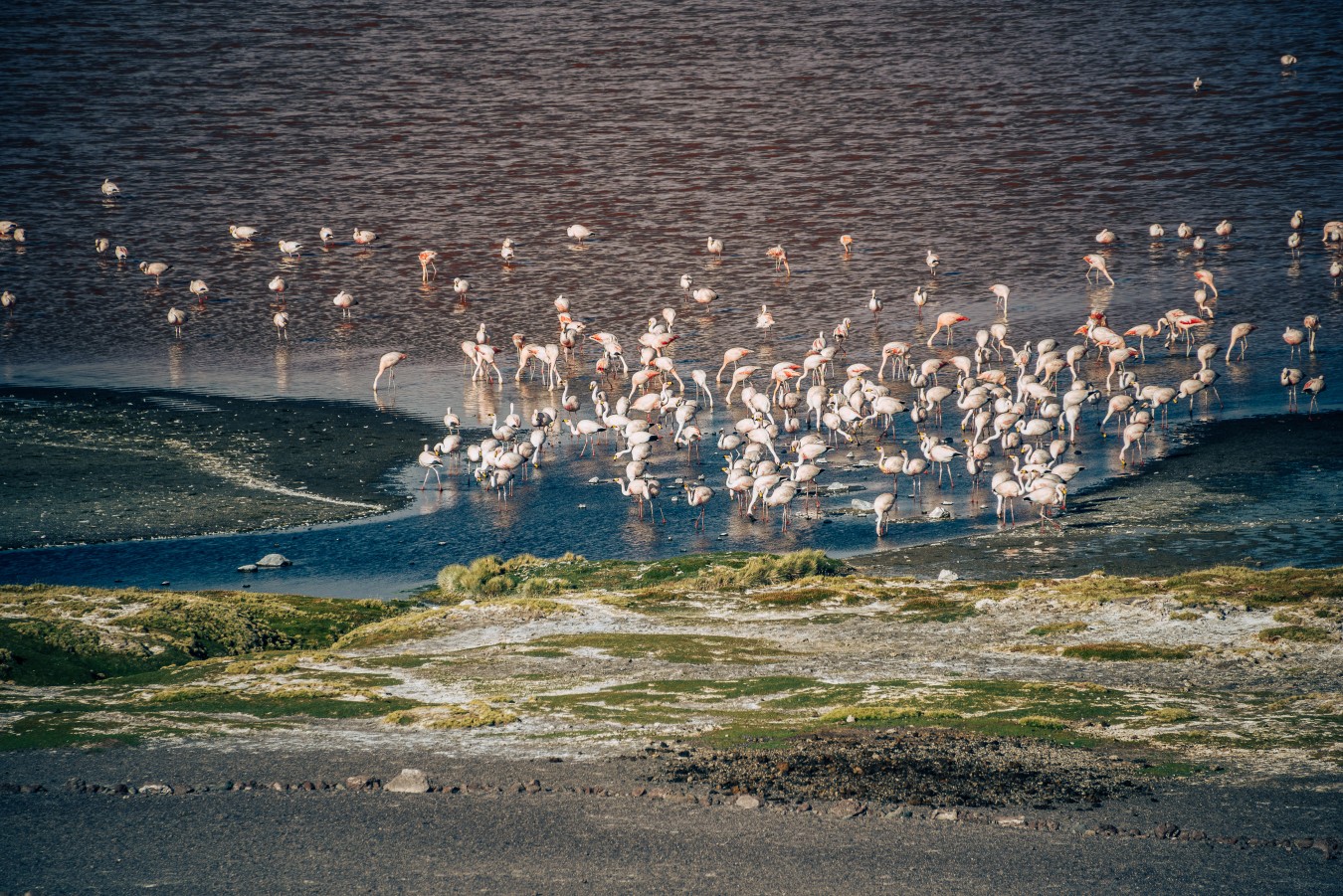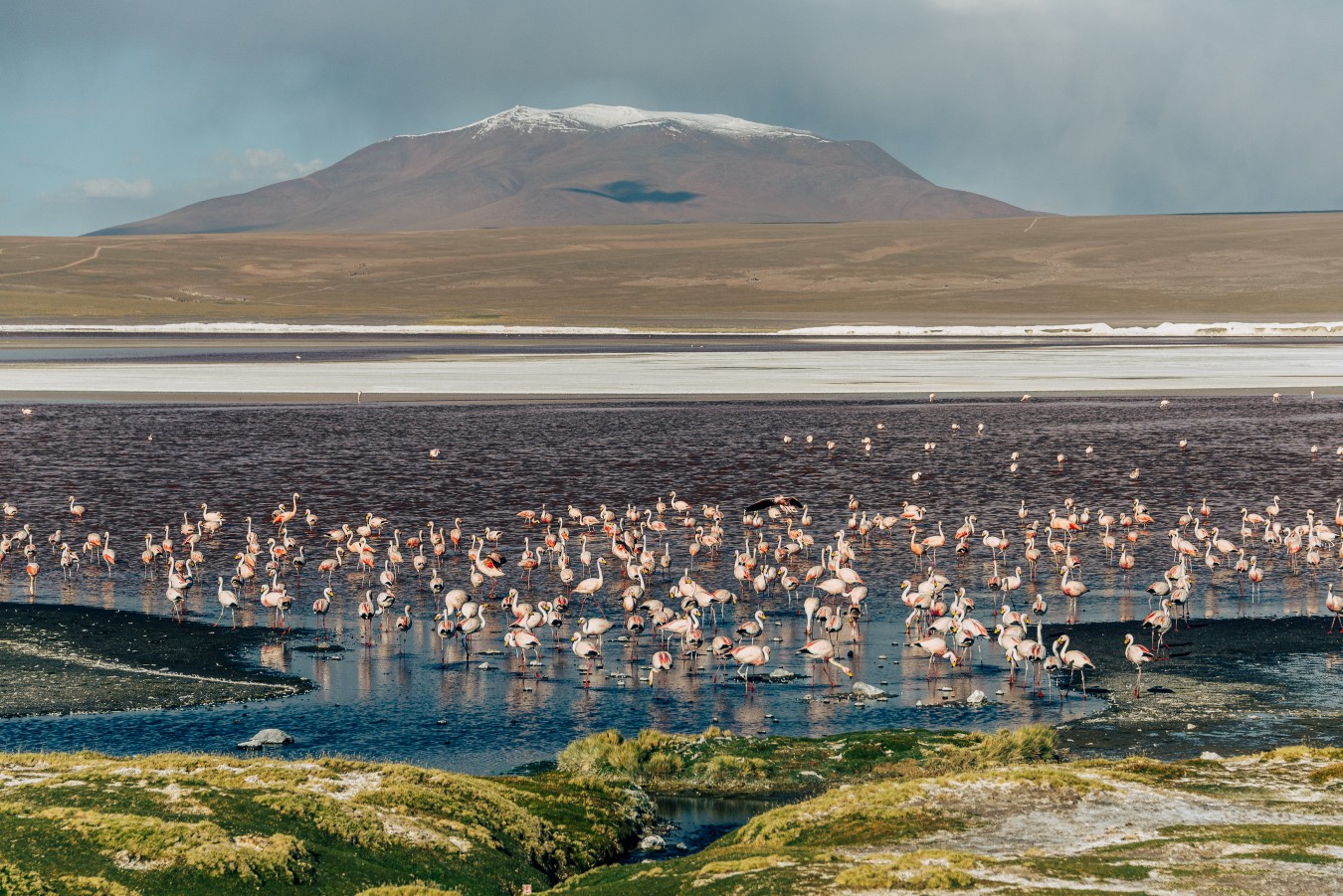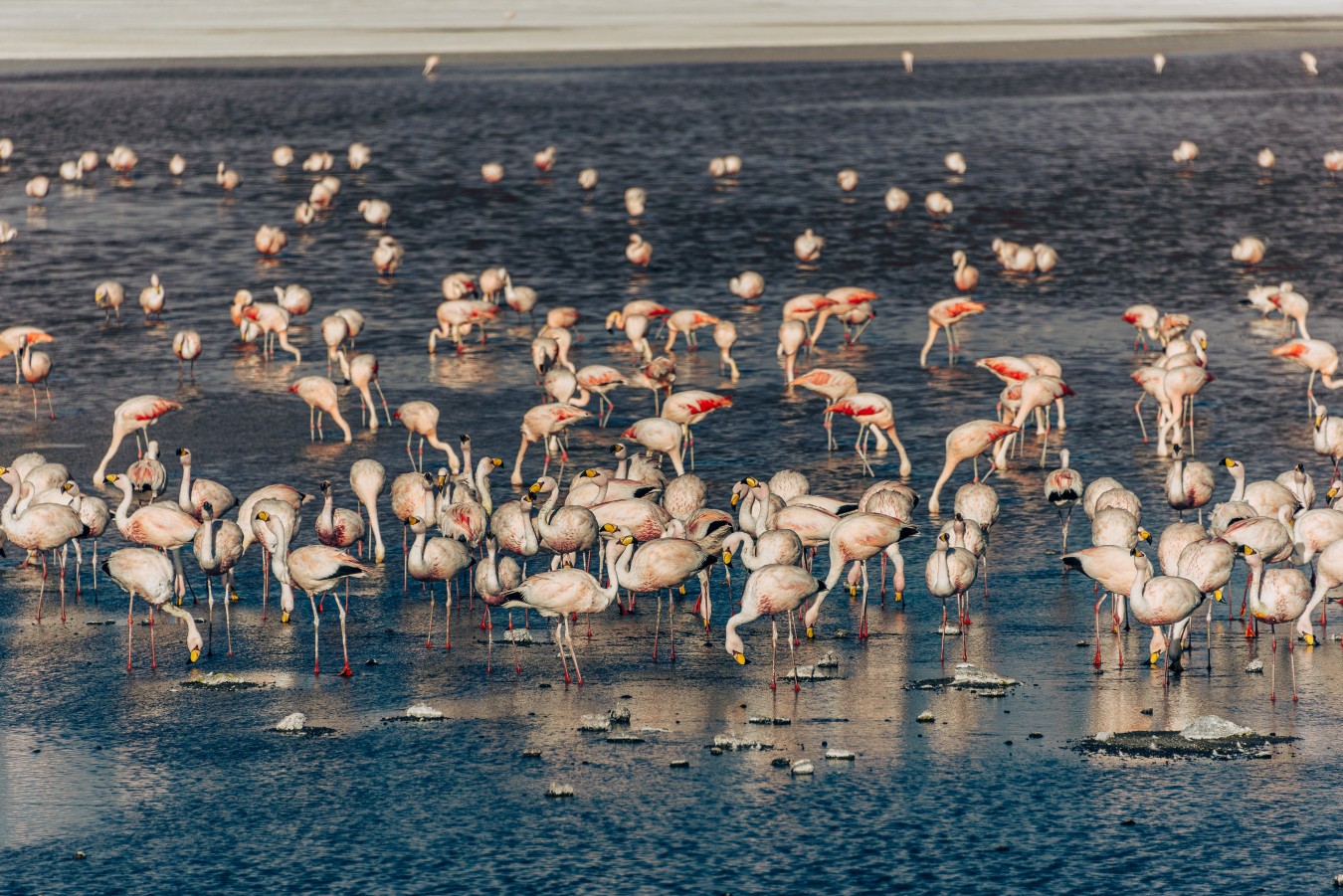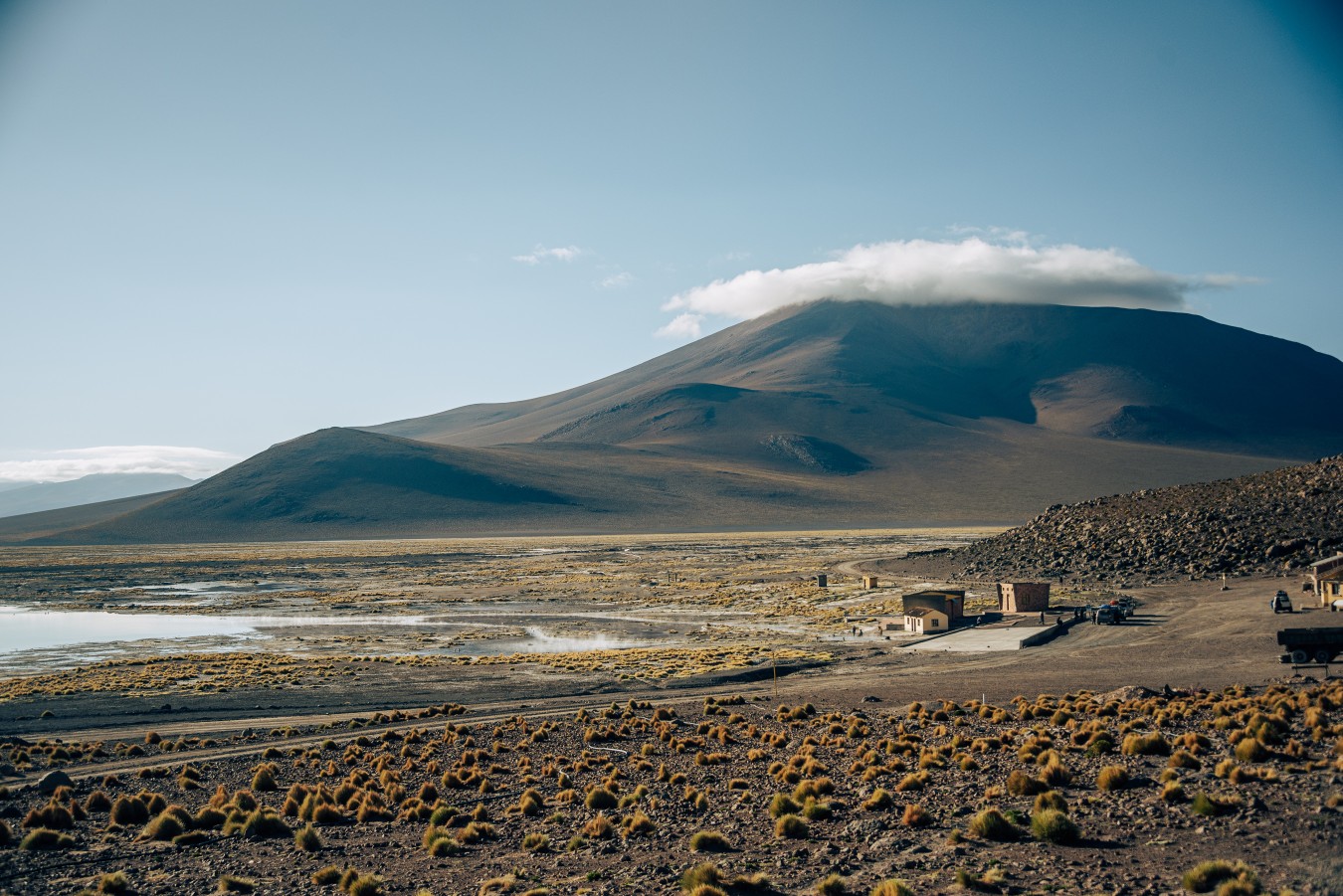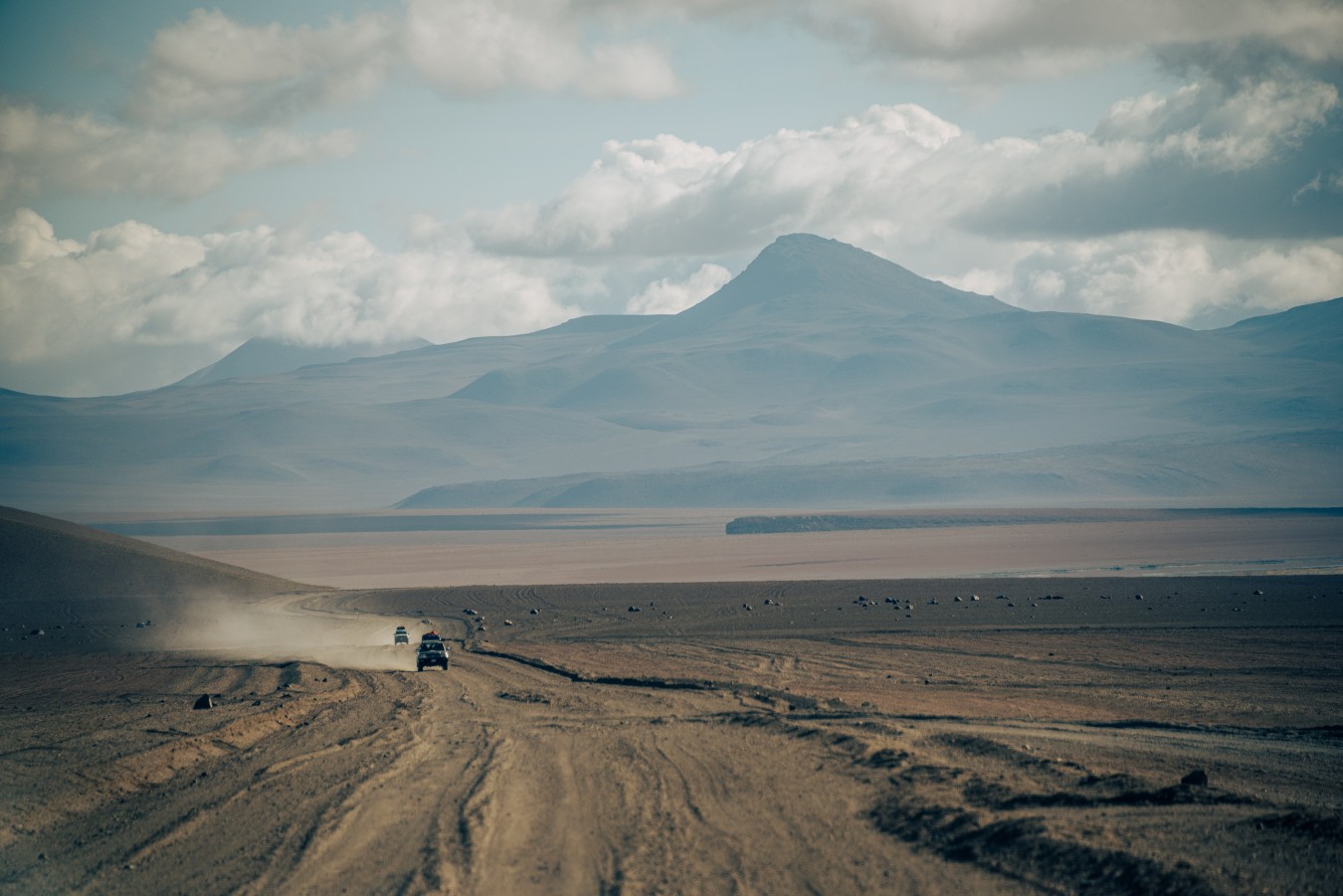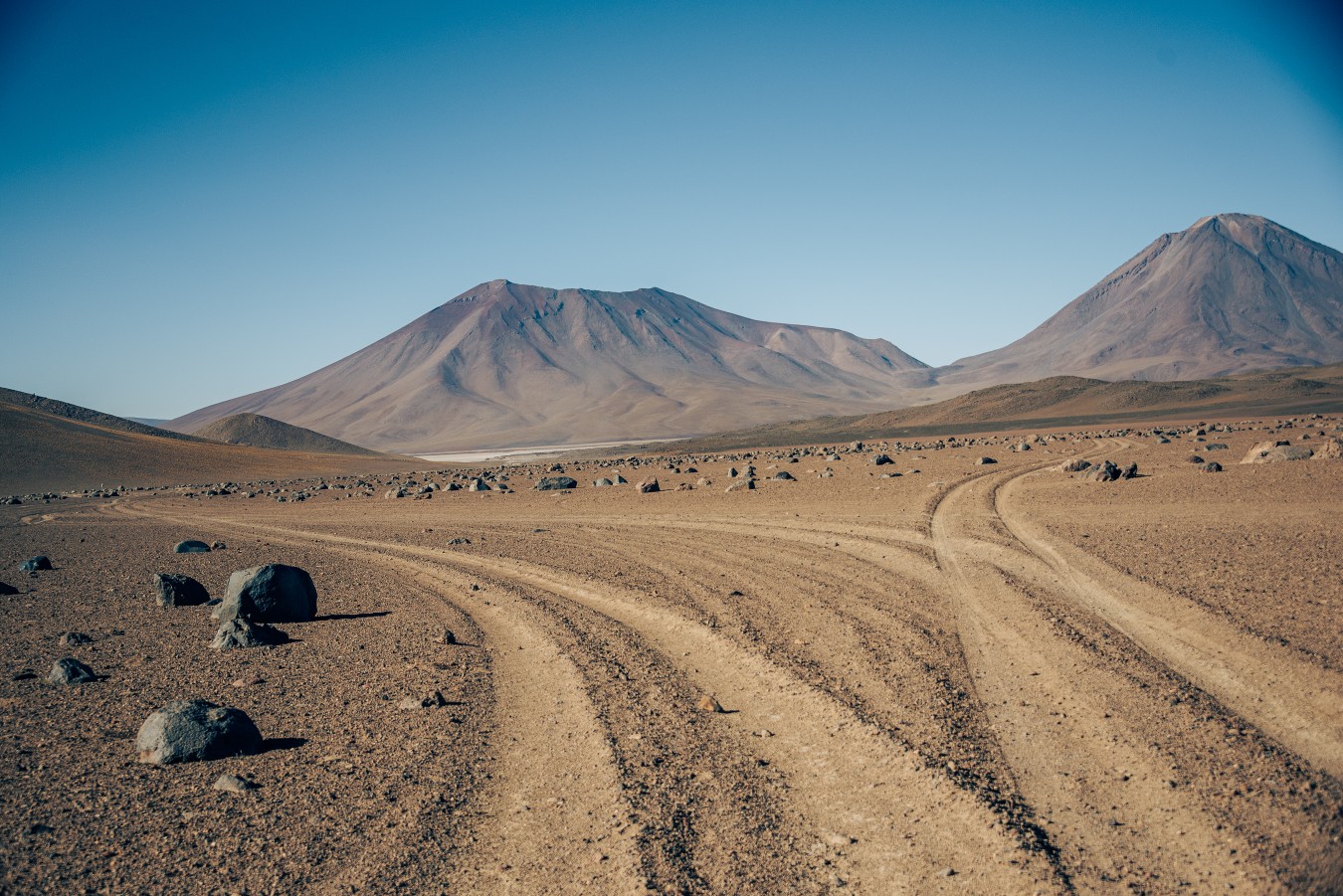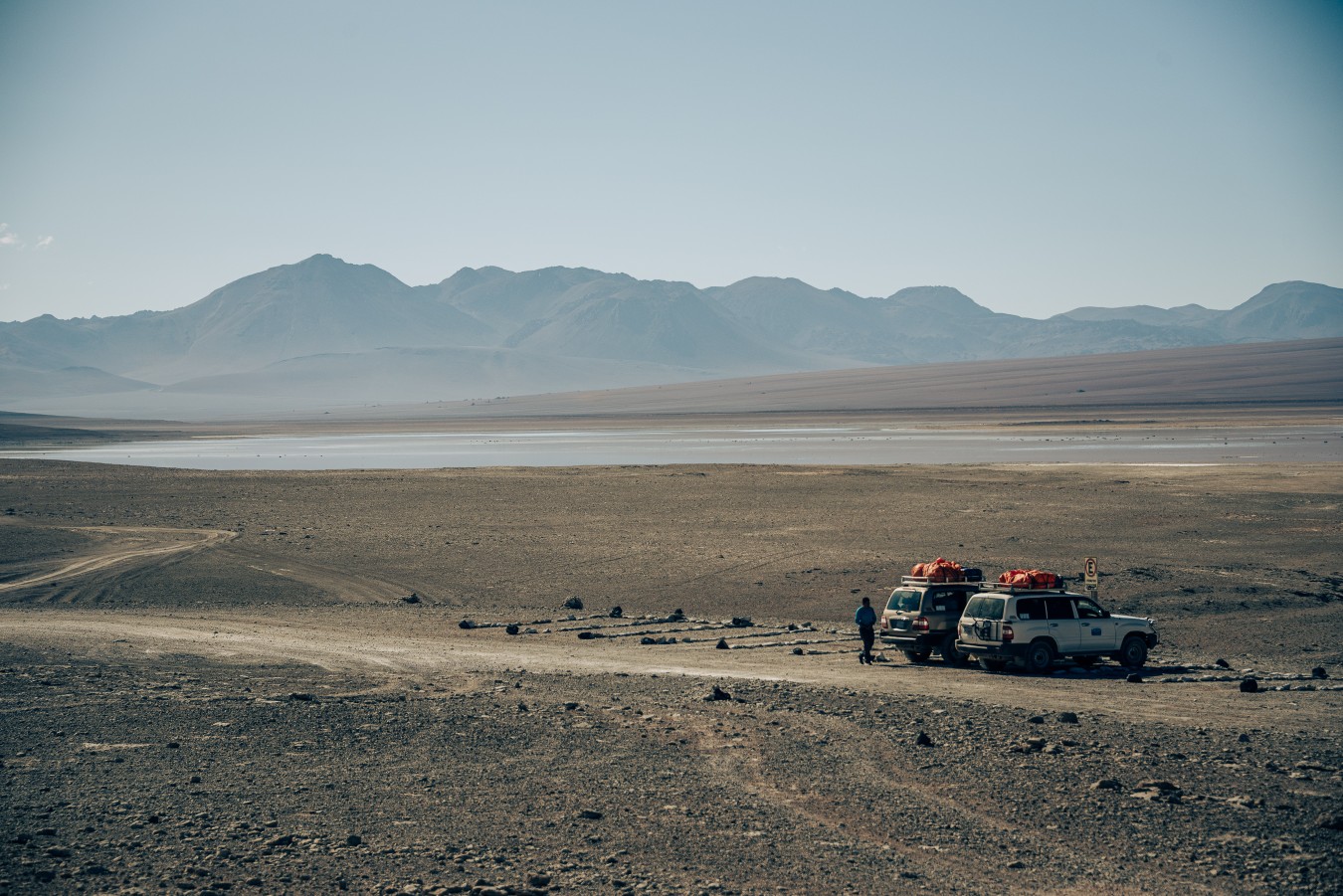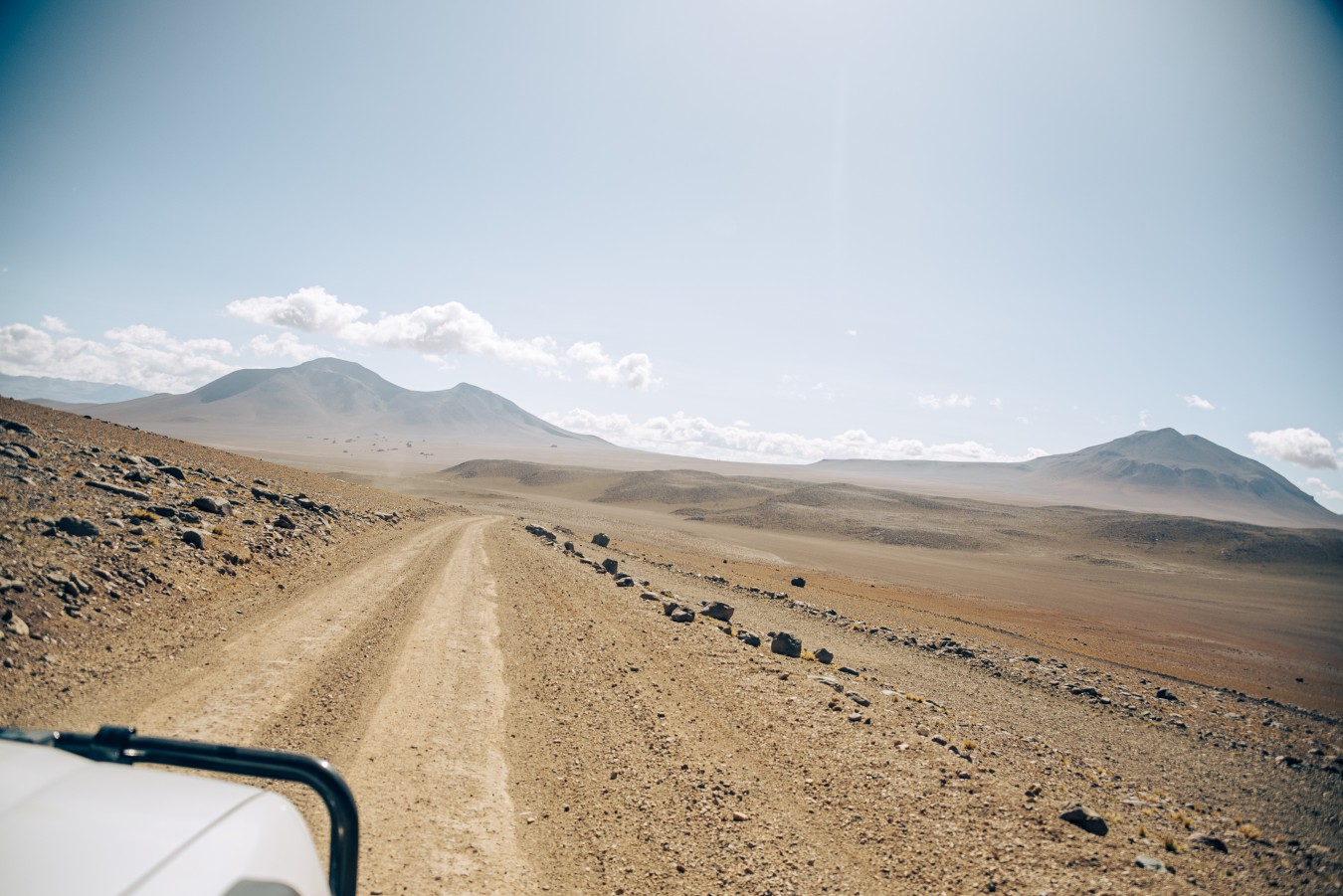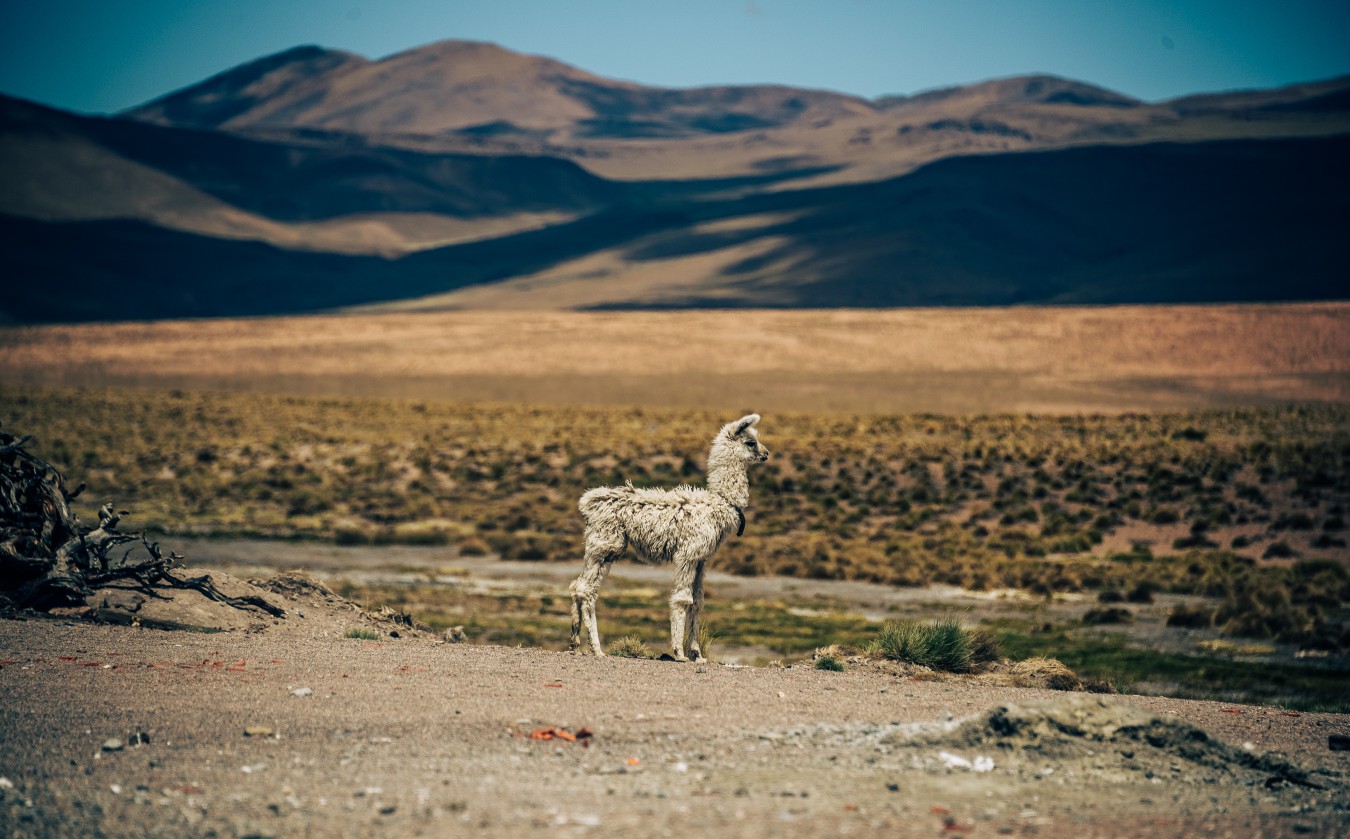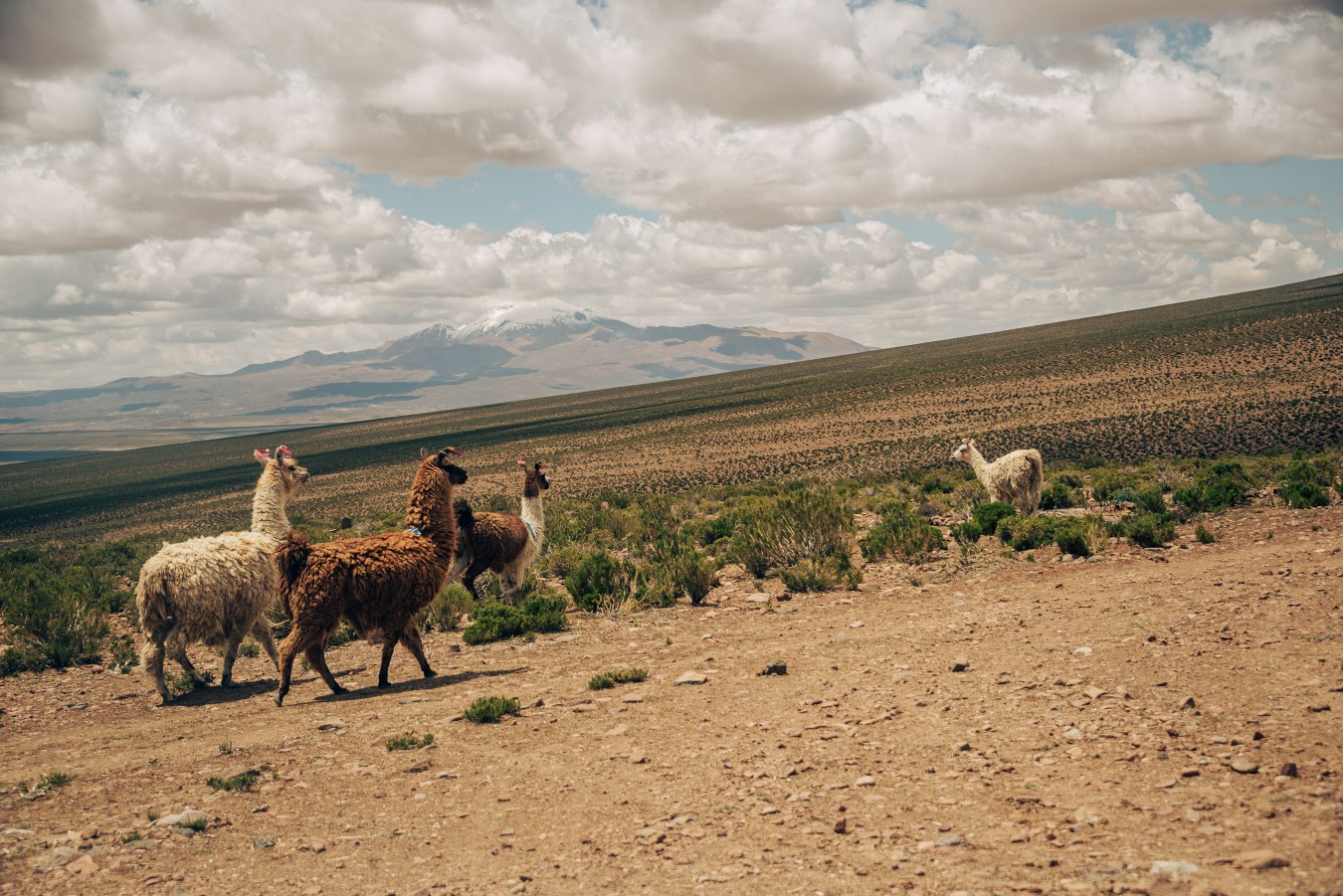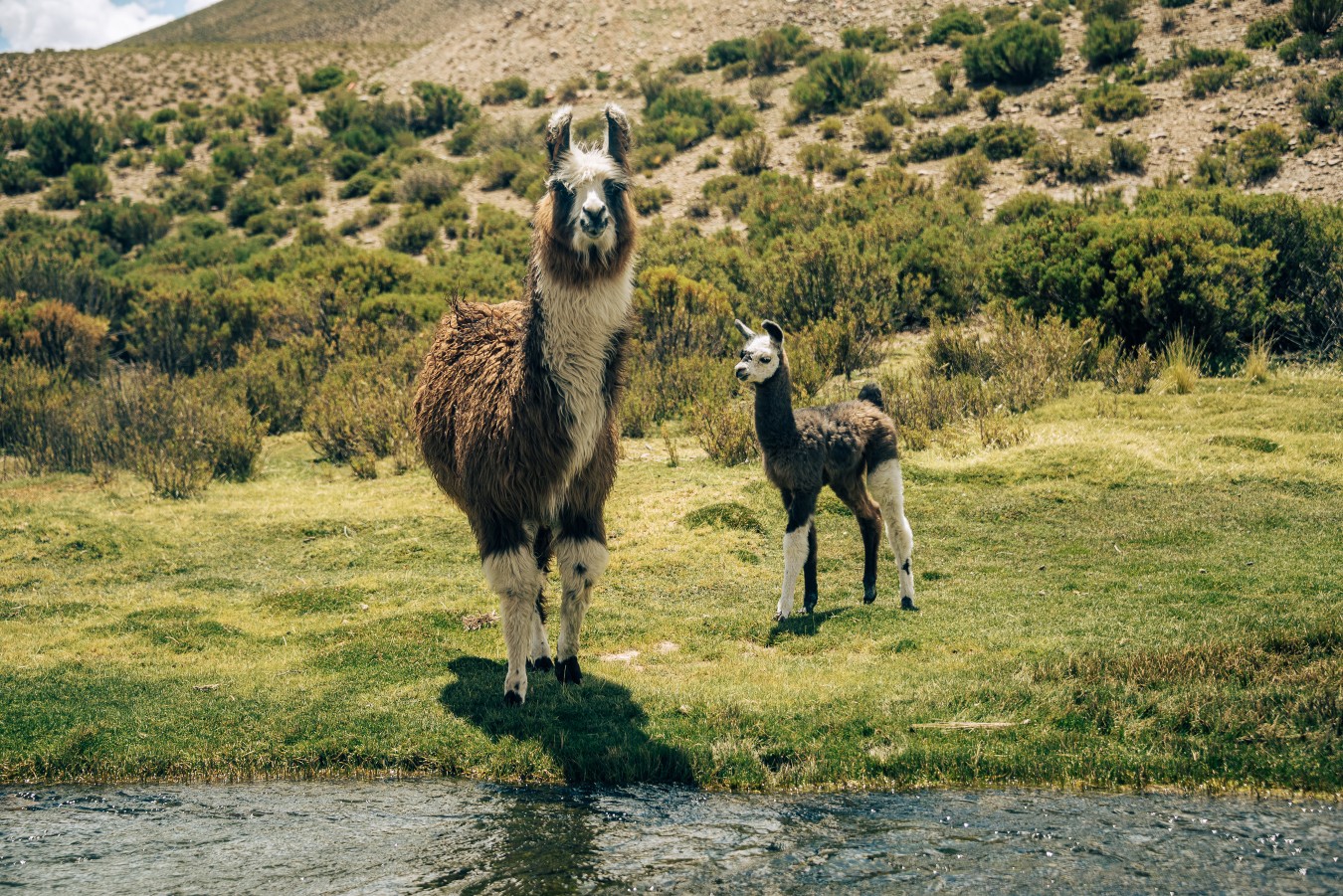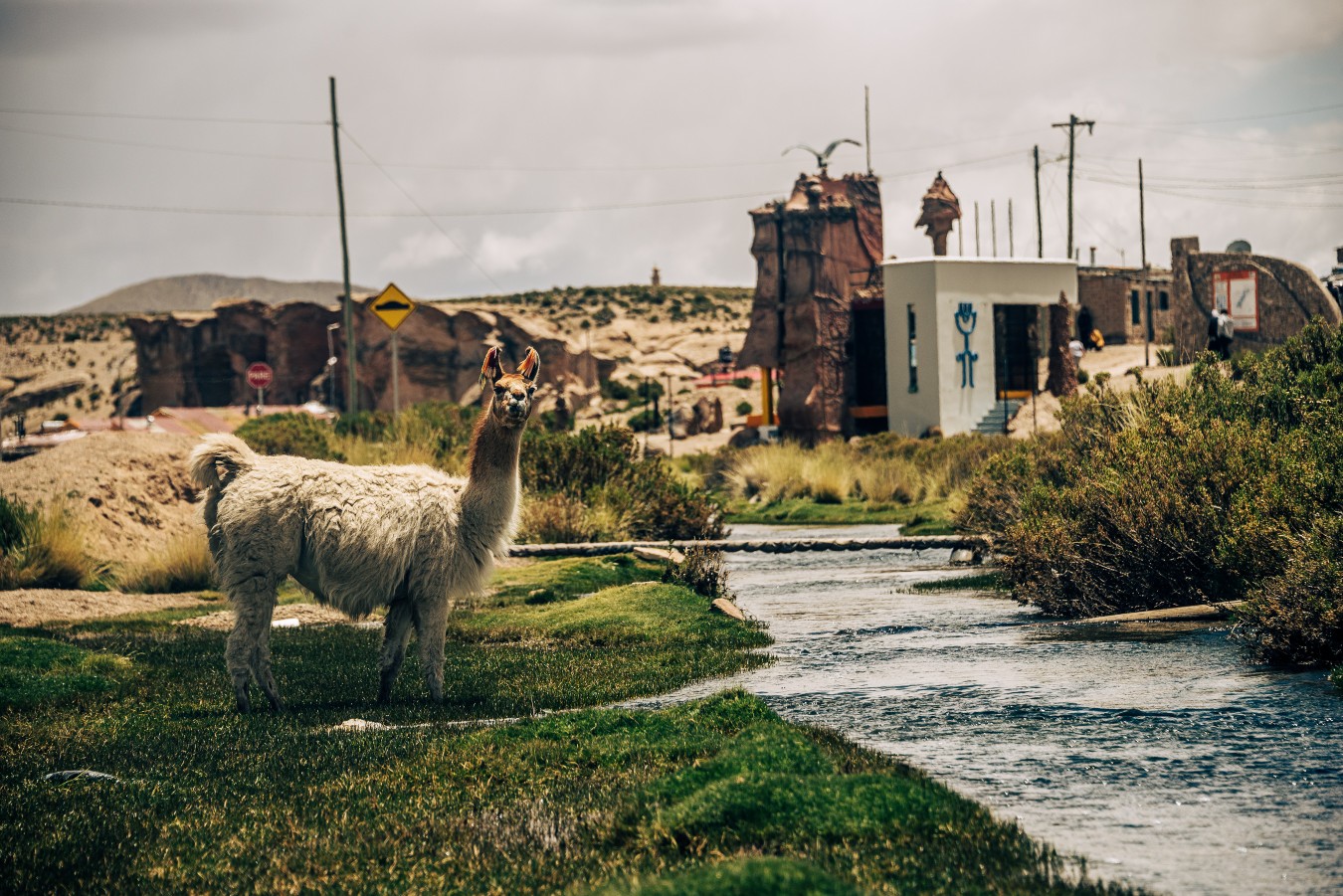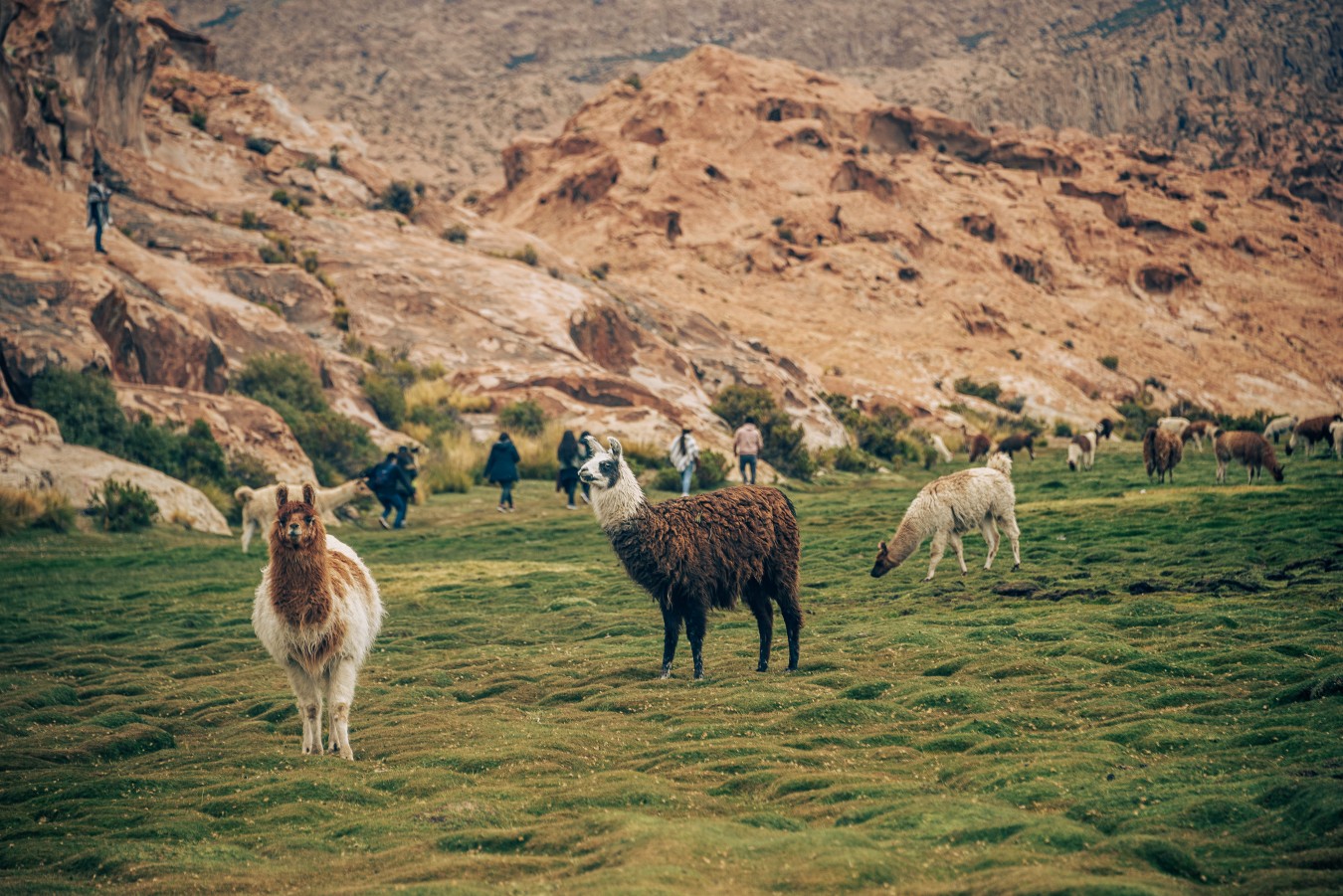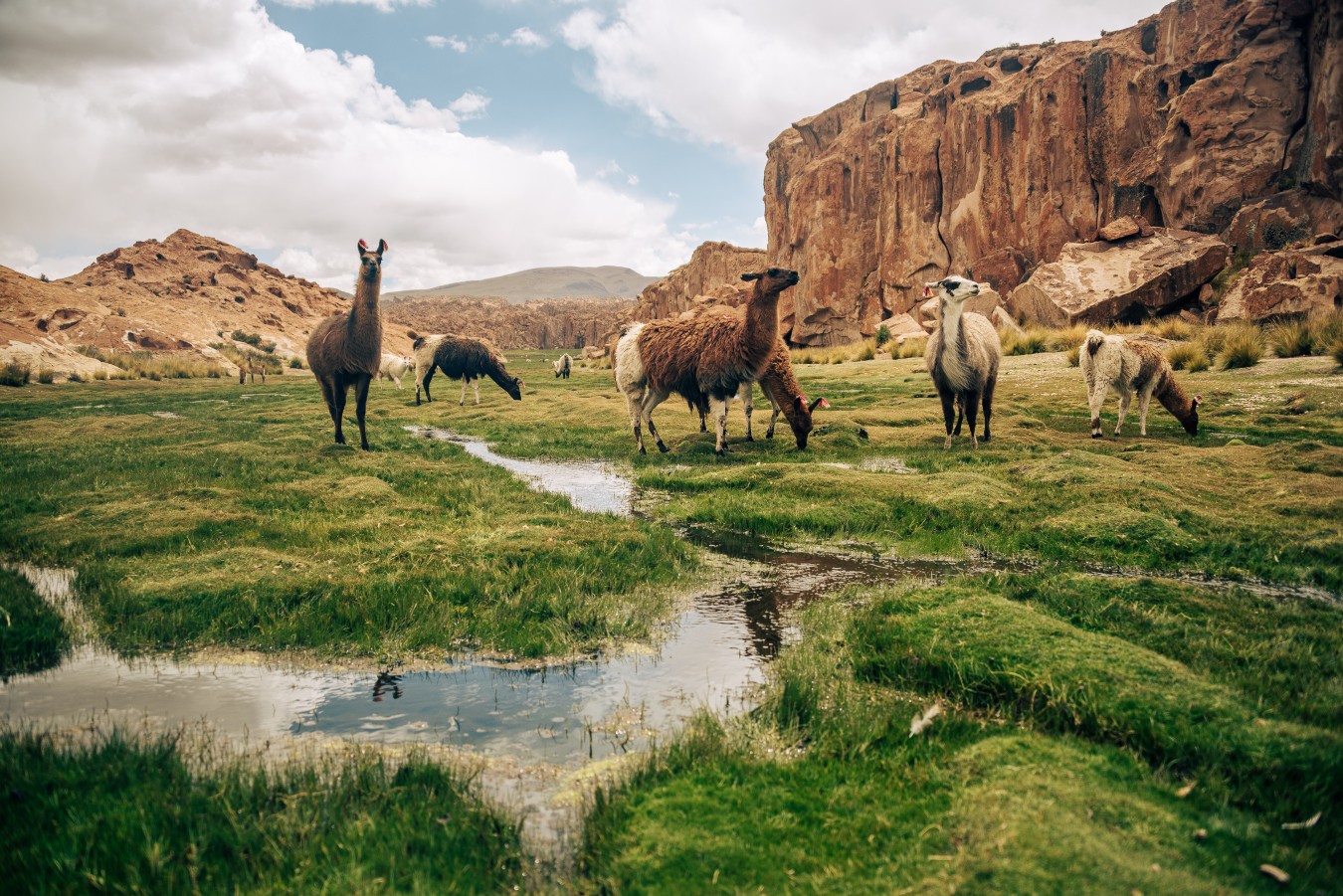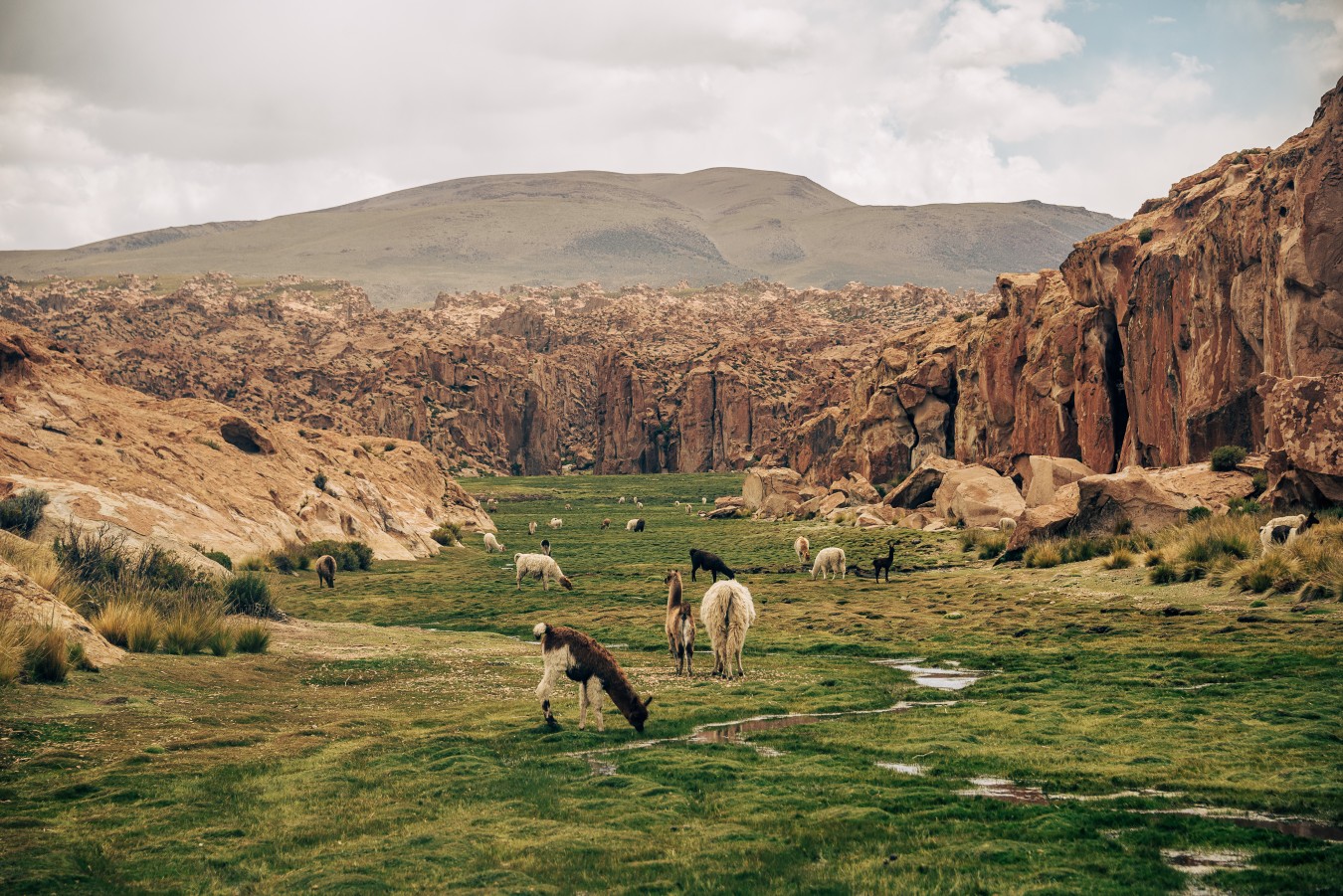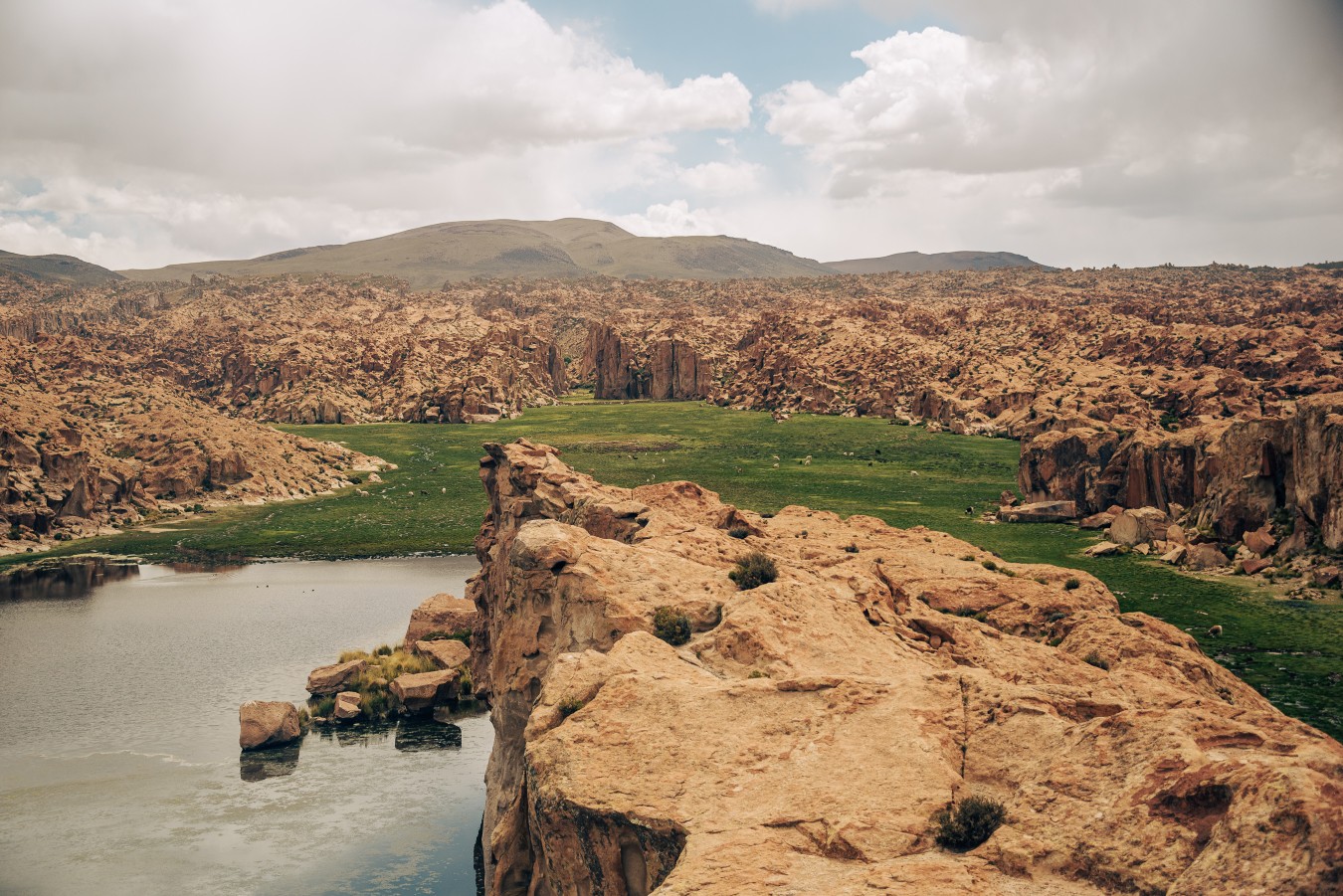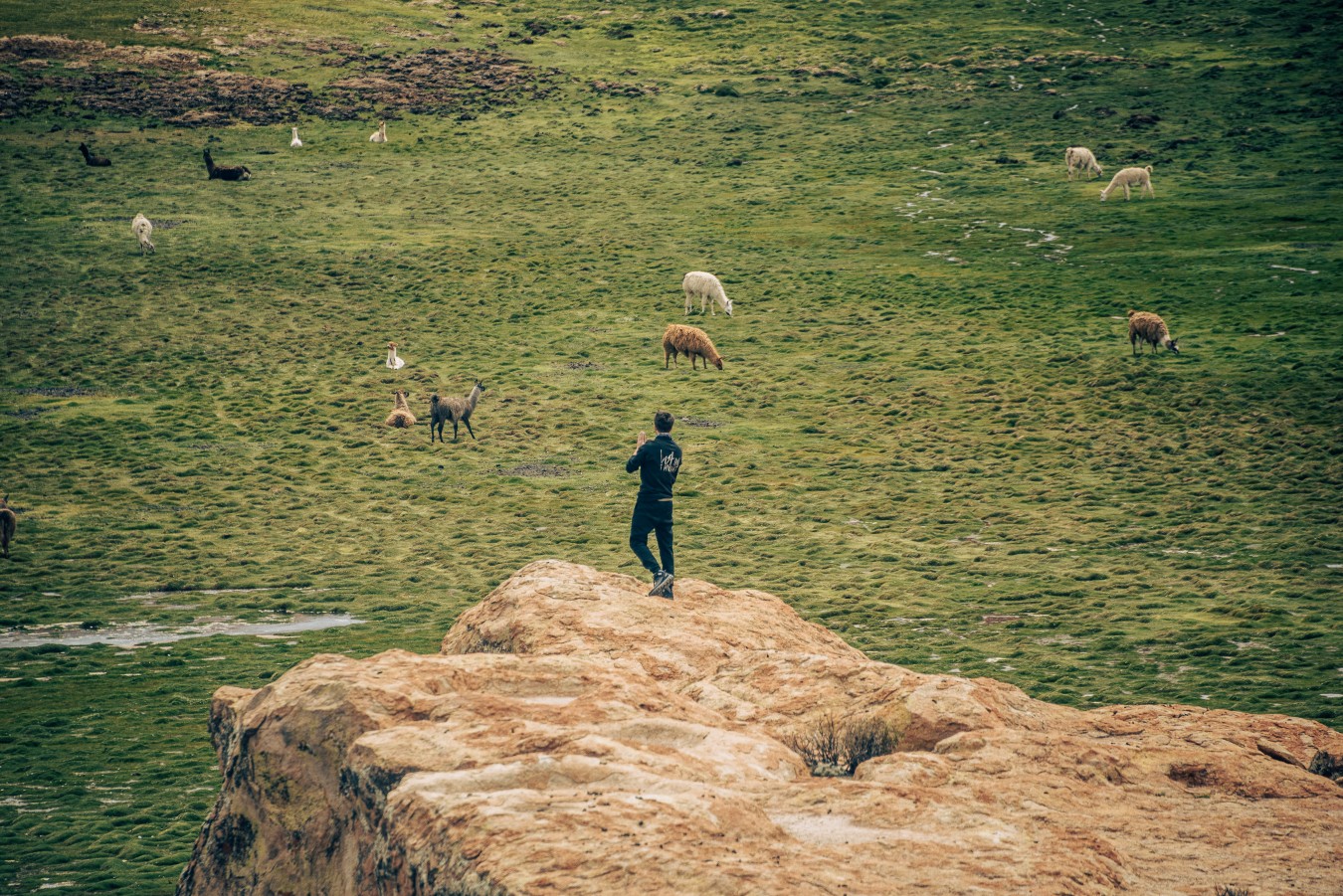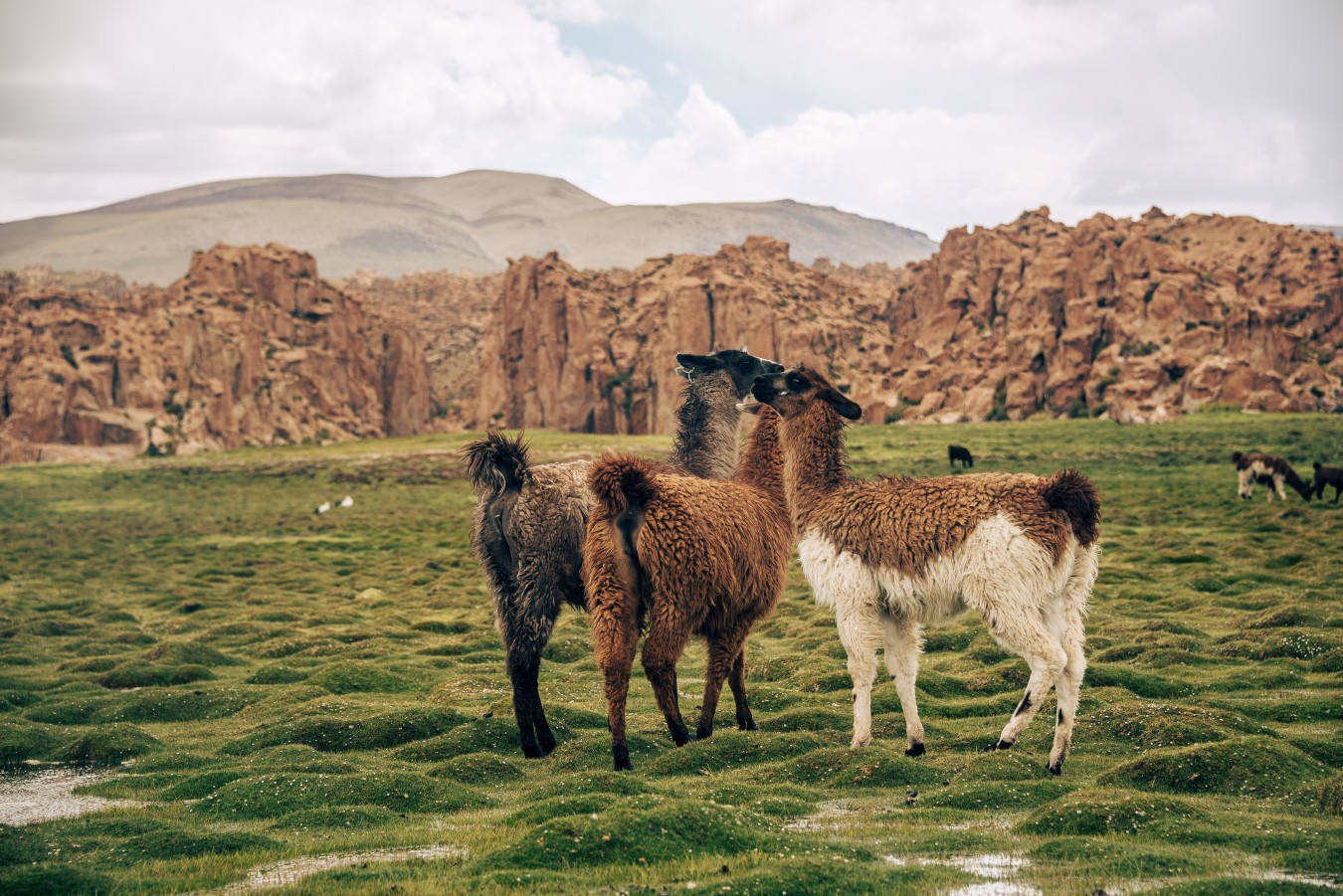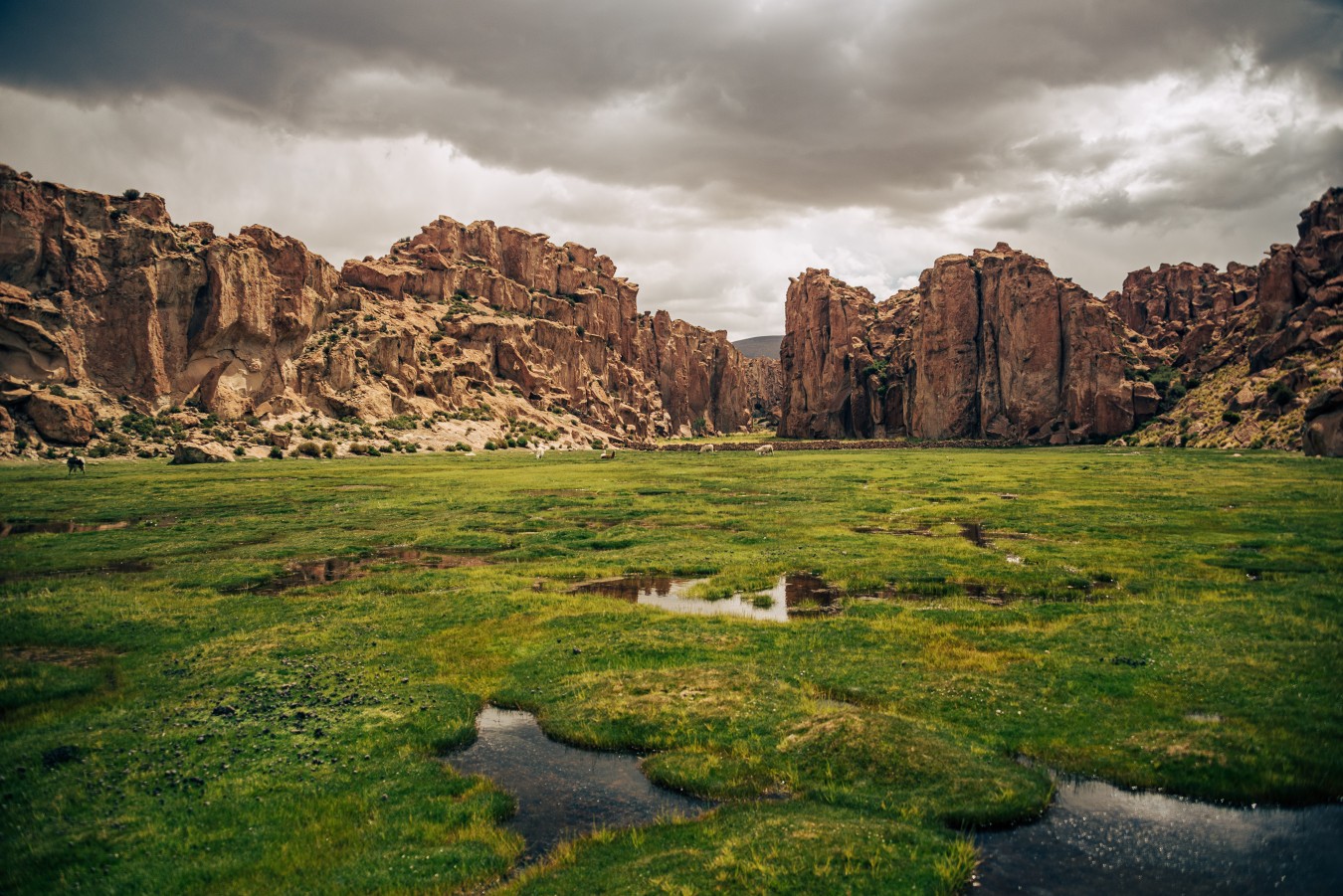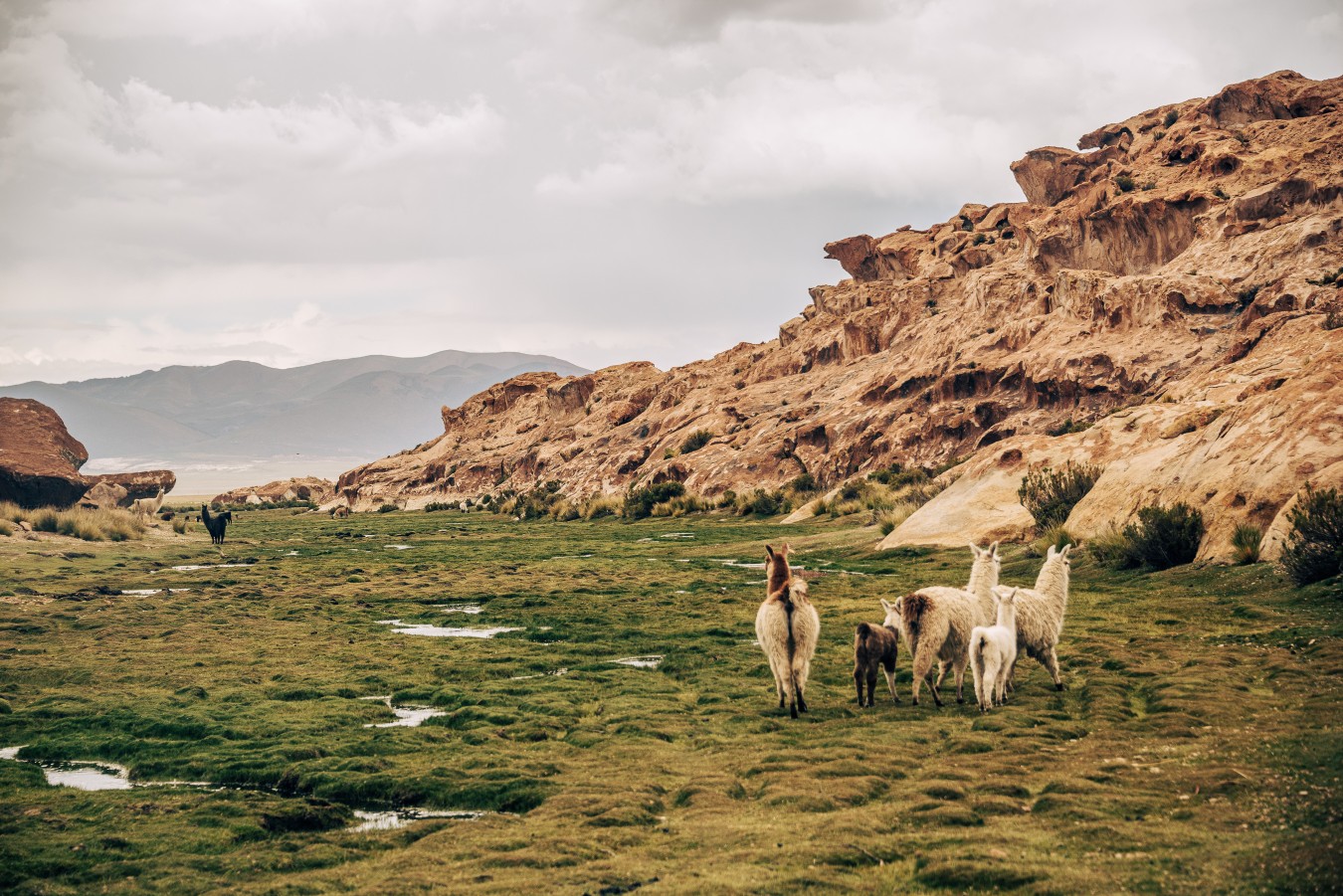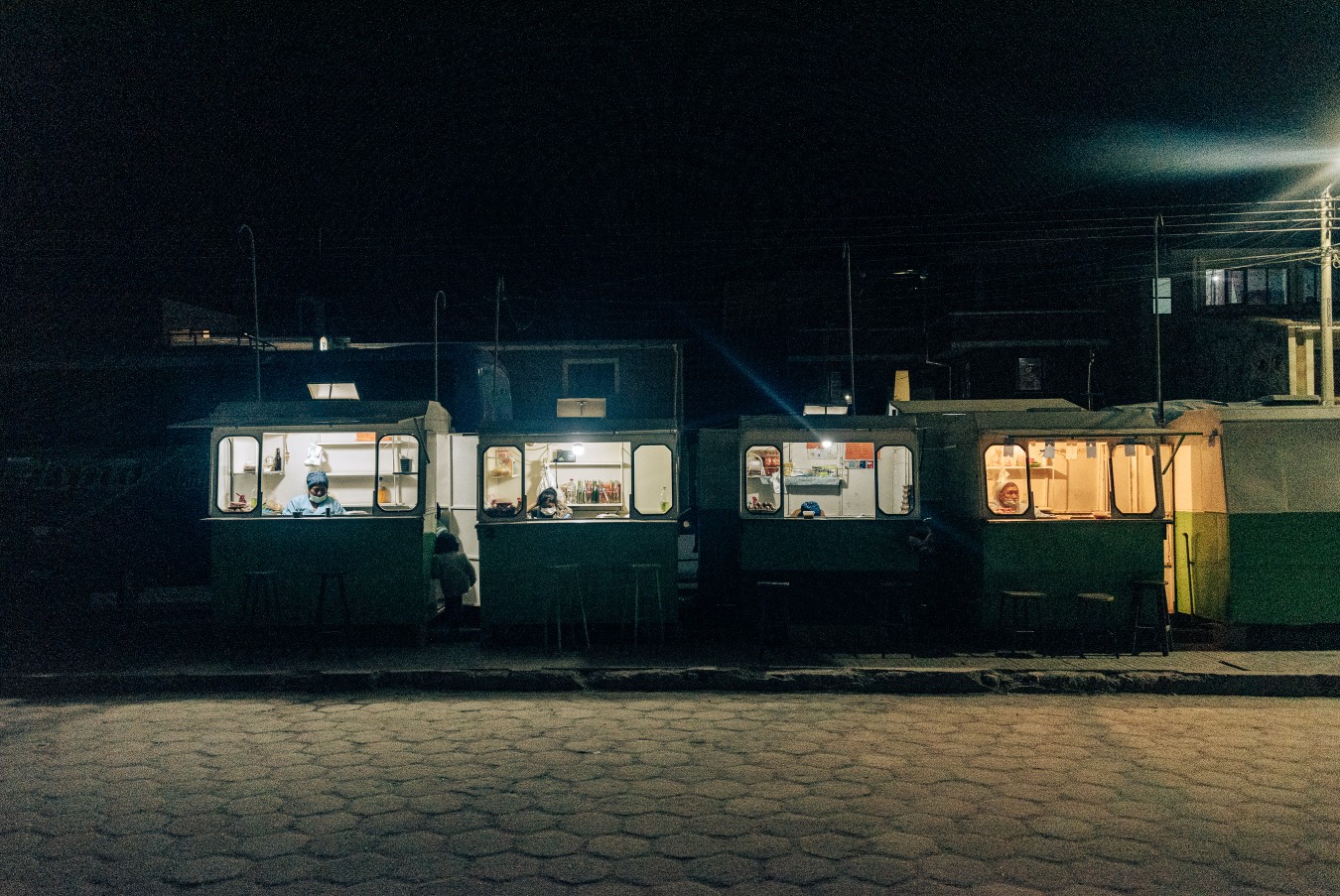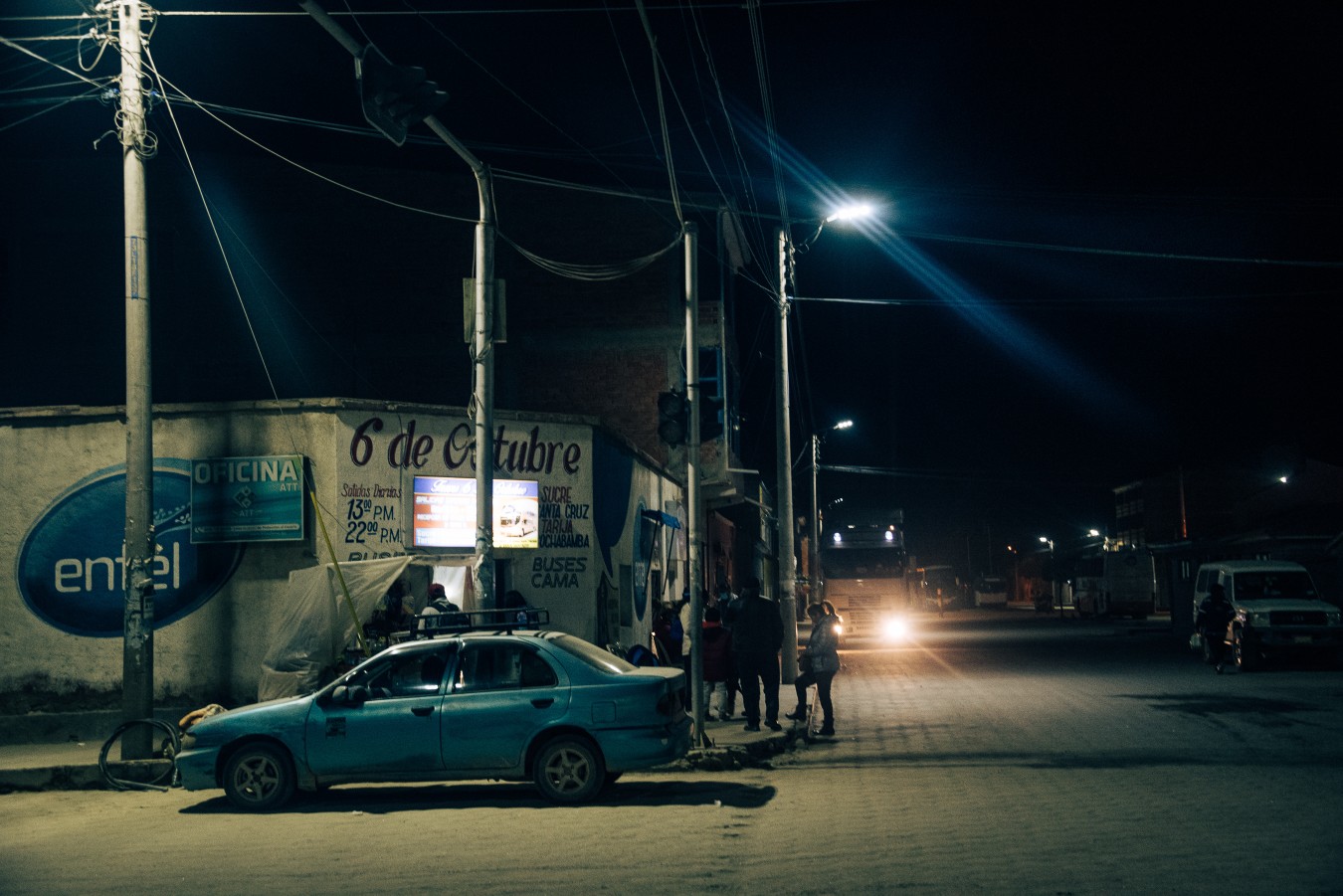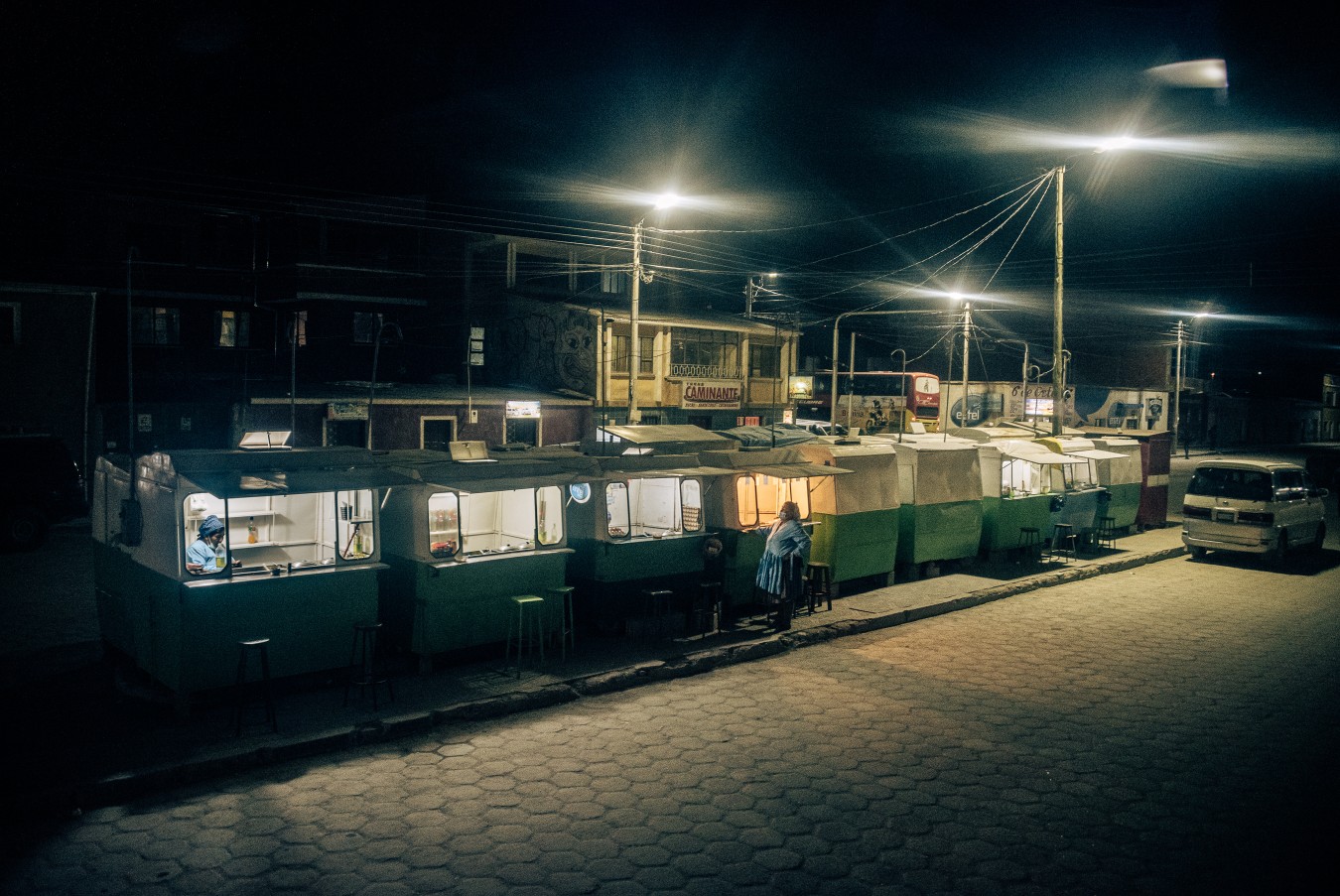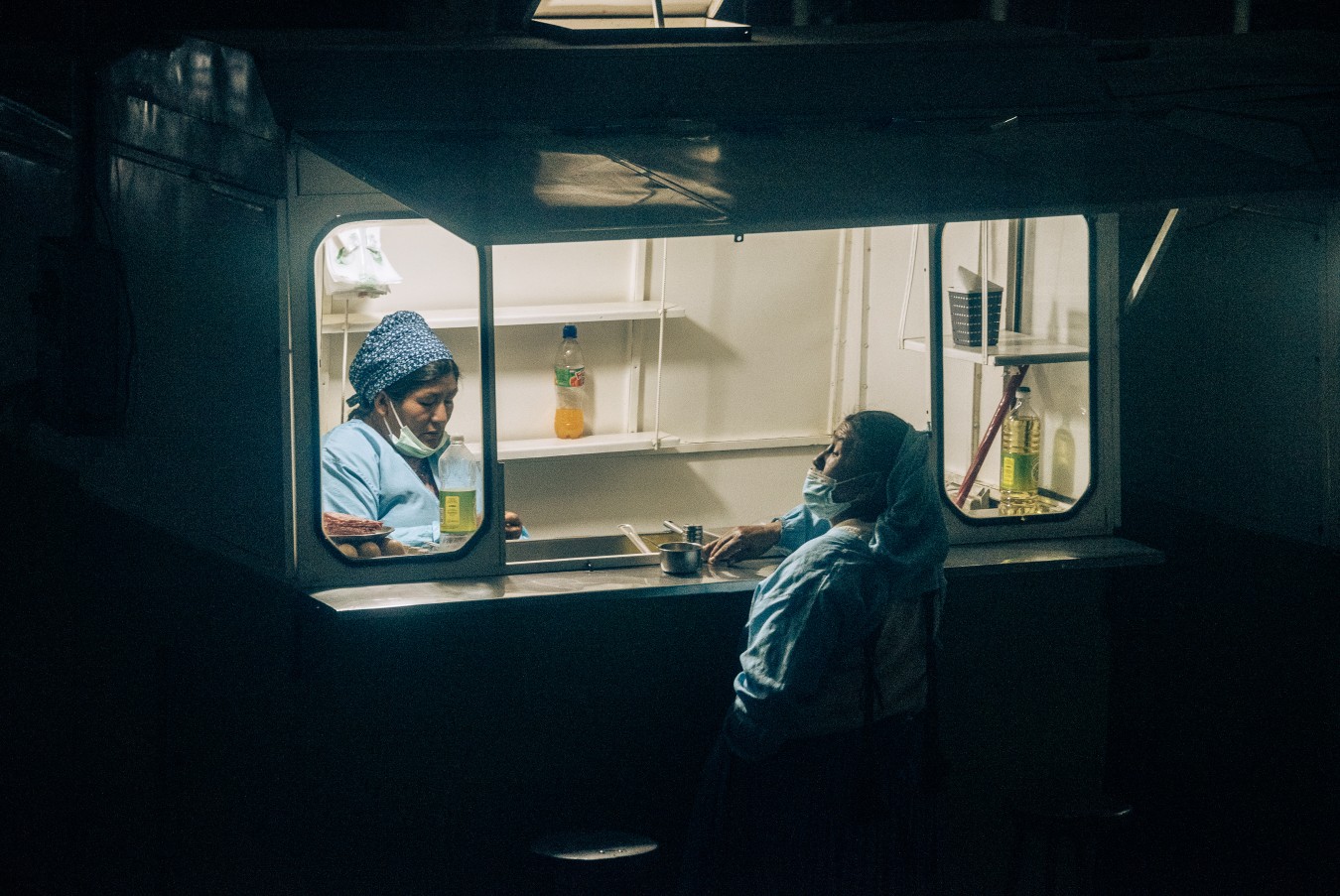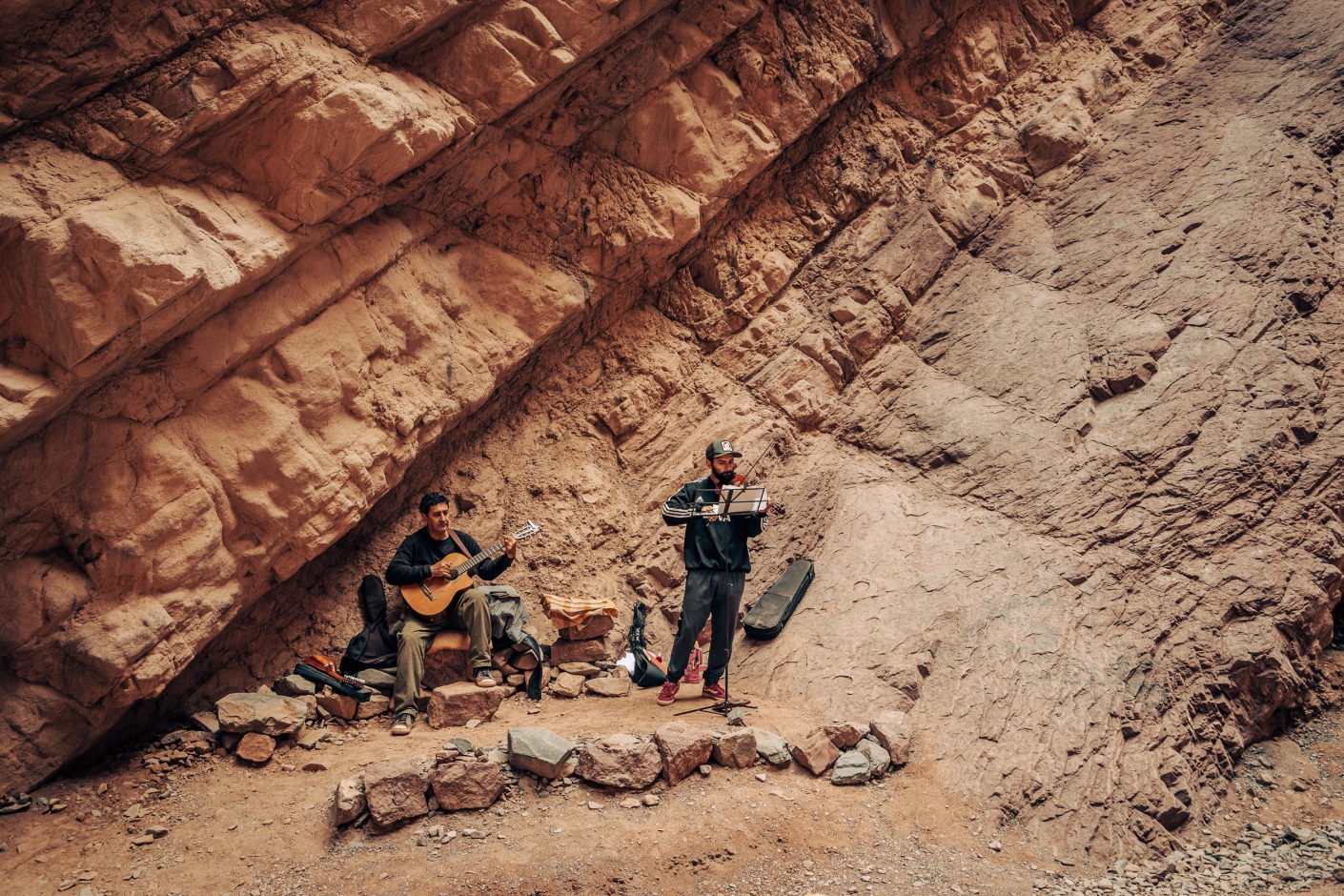Eduardo Avaroa National Reserve, located in the far southwestern corner of Bolivia, is a stunning and unique high-altitude desert known for its dramatic landscapes and diverse ecosystems. Covering an area of approximately 7,147 square kilometers, the reserve is named after Eduardo Avaroa, a national hero in Bolivia. It features some of the most extreme and otherworldly terrains on the planet, with altitudes ranging from 4,200 to 6,000 meters above sea level. This arid region is characterized by vast salt flats, active volcanoes, surreal rock formations, and a variety of lagoons, each with distinctive colors ranging from deep red to vivid green and turquoise, caused by different mineral compositions and algae.
The reserve is also a critical habitat for a variety of wildlife, many of which are adapted to the harsh conditions of the Andean highlands. Among the most notable inhabitants are the three species of flamingos: the Andean flamingo, the James's flamingo, and the Chilean flamingo. These birds thrive in the mineral-rich lagoons that dot the landscape. Additionally, the reserve is home to vicuñas, Andean foxes, and a range of bird species, making it a haven for wildlife enthusiasts and bird watchers. The flora, while sparse due to the extreme conditions, includes resilient species such as the yareta, a cushion plant that can live for thousands of years.
Visitors from around the world who are eager to experience its unique beauty and biodiversity are welcome to visit on several day long jeep tours with a local guide - exactly how we have visited the reserve. The reserve's Laguna Colorada, known for its red waters and large flamingo population, and the Sol de Mañana geyser field, featuring bubbling mud pots and fumaroles, are among the most popular attractions. The reserve also offers a glimpse into the traditional lifestyles of the indigenous Andean communities who live in and around the area. Sustainable tourism practices are increasingly emphasized to preserve the delicate ecosystems and ensure that this extraordinary natural reserve continues to captivate and inspire future generations.
See full map
The reserve is also a critical habitat for a variety of wildlife, many of which are adapted to the harsh conditions of the Andean highlands. Among the most notable inhabitants are the three species of flamingos: the Andean flamingo, the James's flamingo, and the Chilean flamingo. These birds thrive in the mineral-rich lagoons that dot the landscape. Additionally, the reserve is home to vicuñas, Andean foxes, and a range of bird species, making it a haven for wildlife enthusiasts and bird watchers. The flora, while sparse due to the extreme conditions, includes resilient species such as the yareta, a cushion plant that can live for thousands of years.
Visitors from around the world who are eager to experience its unique beauty and biodiversity are welcome to visit on several day long jeep tours with a local guide - exactly how we have visited the reserve. The reserve's Laguna Colorada, known for its red waters and large flamingo population, and the Sol de Mañana geyser field, featuring bubbling mud pots and fumaroles, are among the most popular attractions. The reserve also offers a glimpse into the traditional lifestyles of the indigenous Andean communities who live in and around the area. Sustainable tourism practices are increasingly emphasized to preserve the delicate ecosystems and ensure that this extraordinary natural reserve continues to captivate and inspire future generations.
